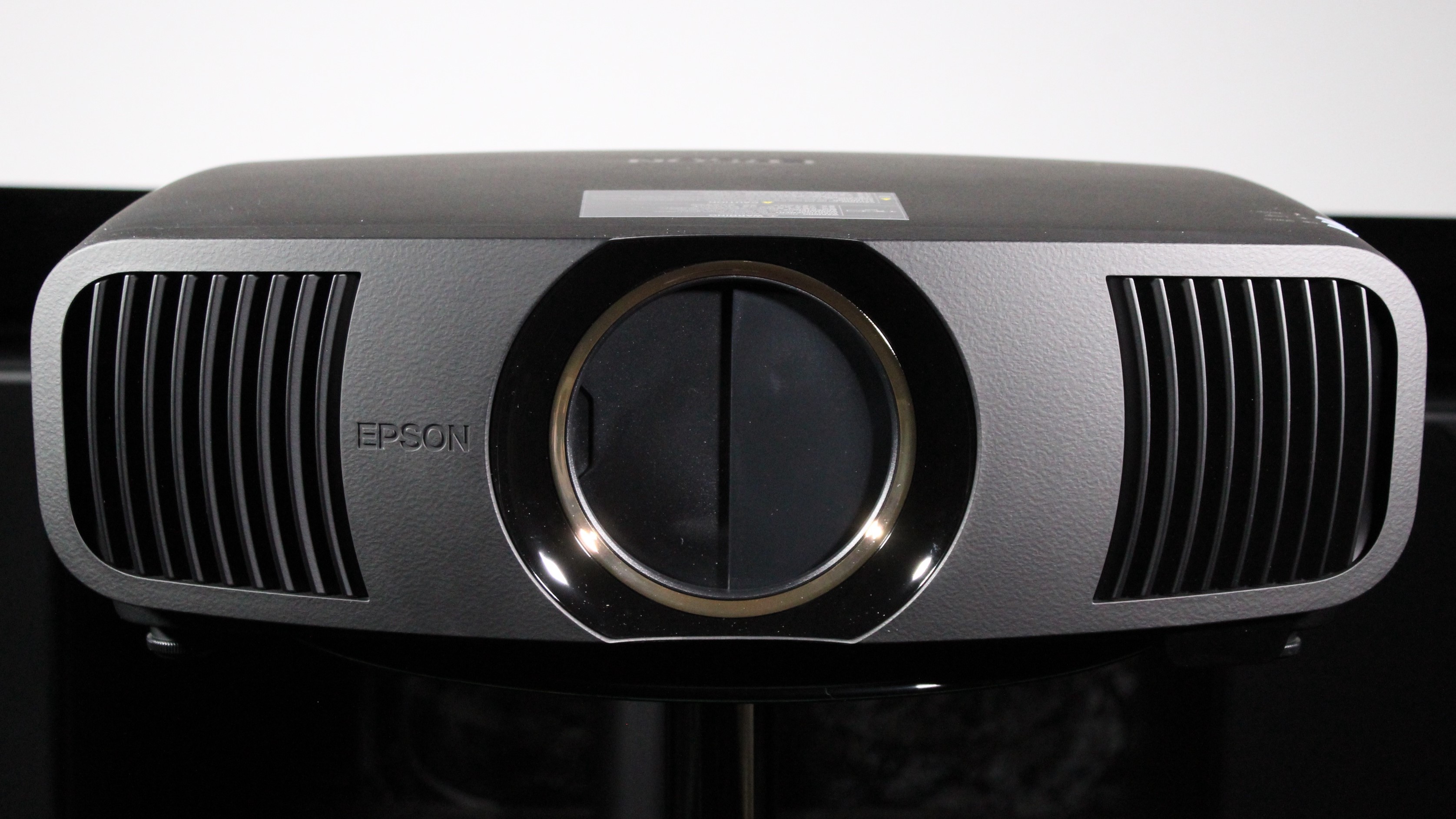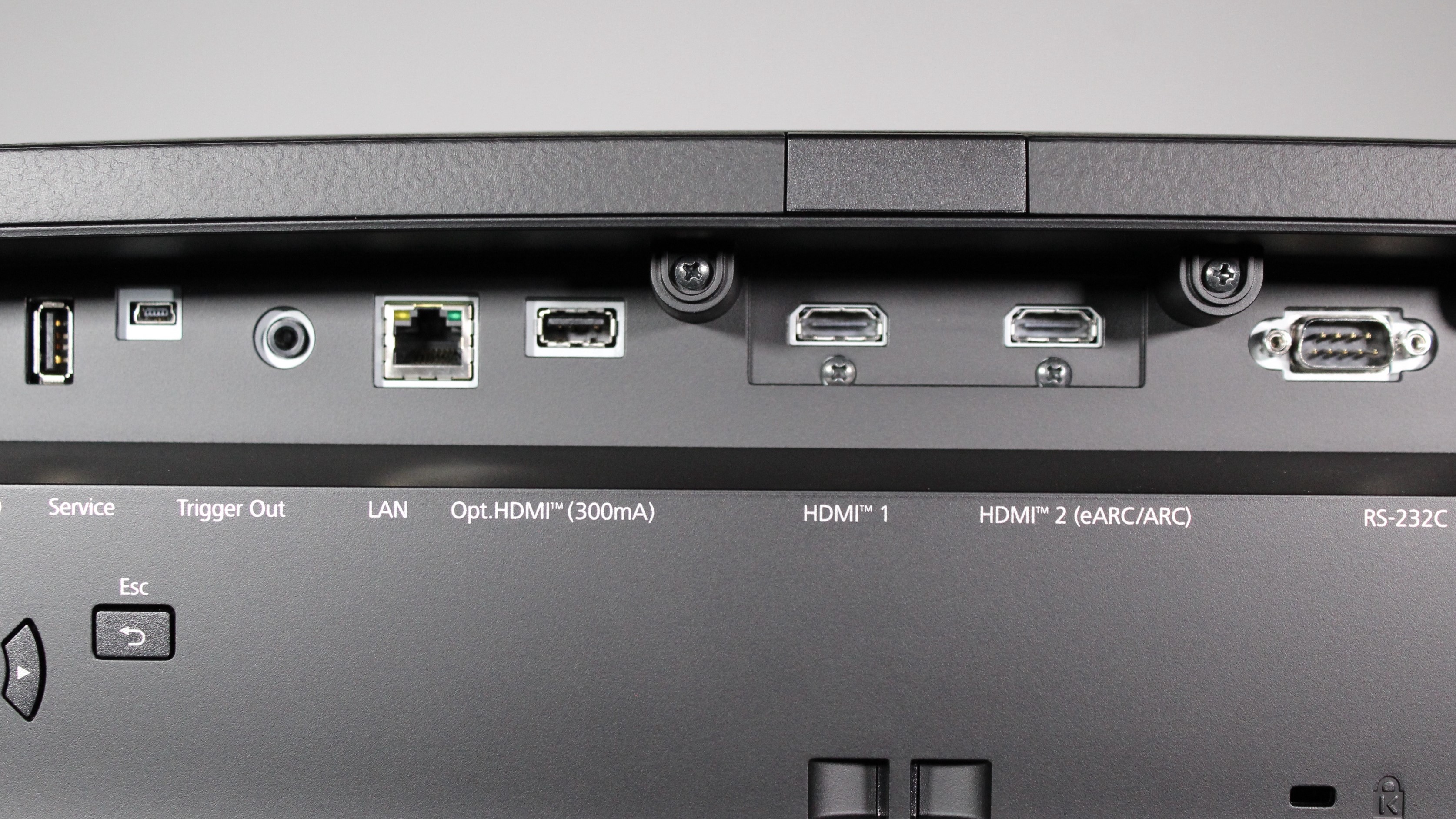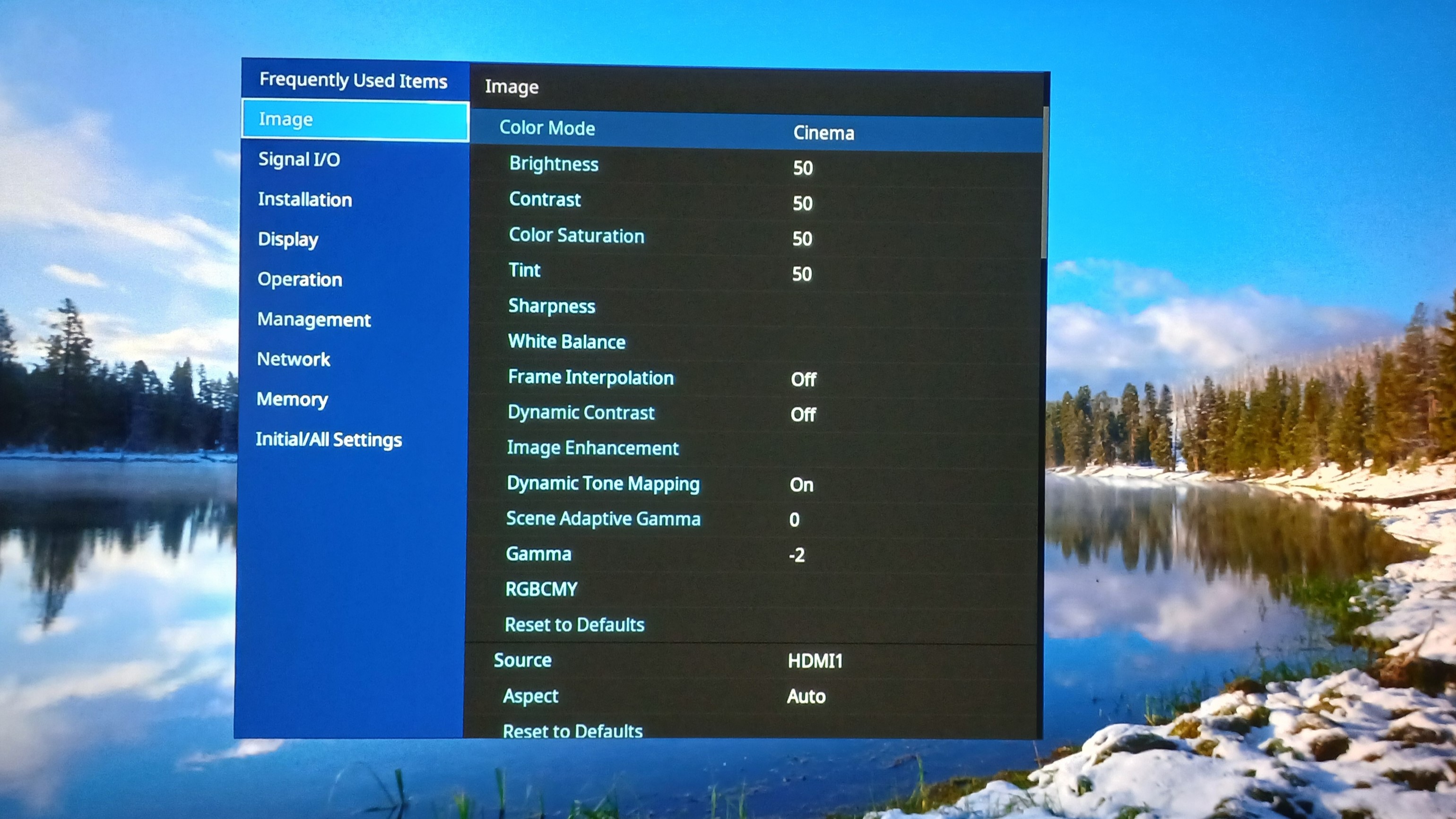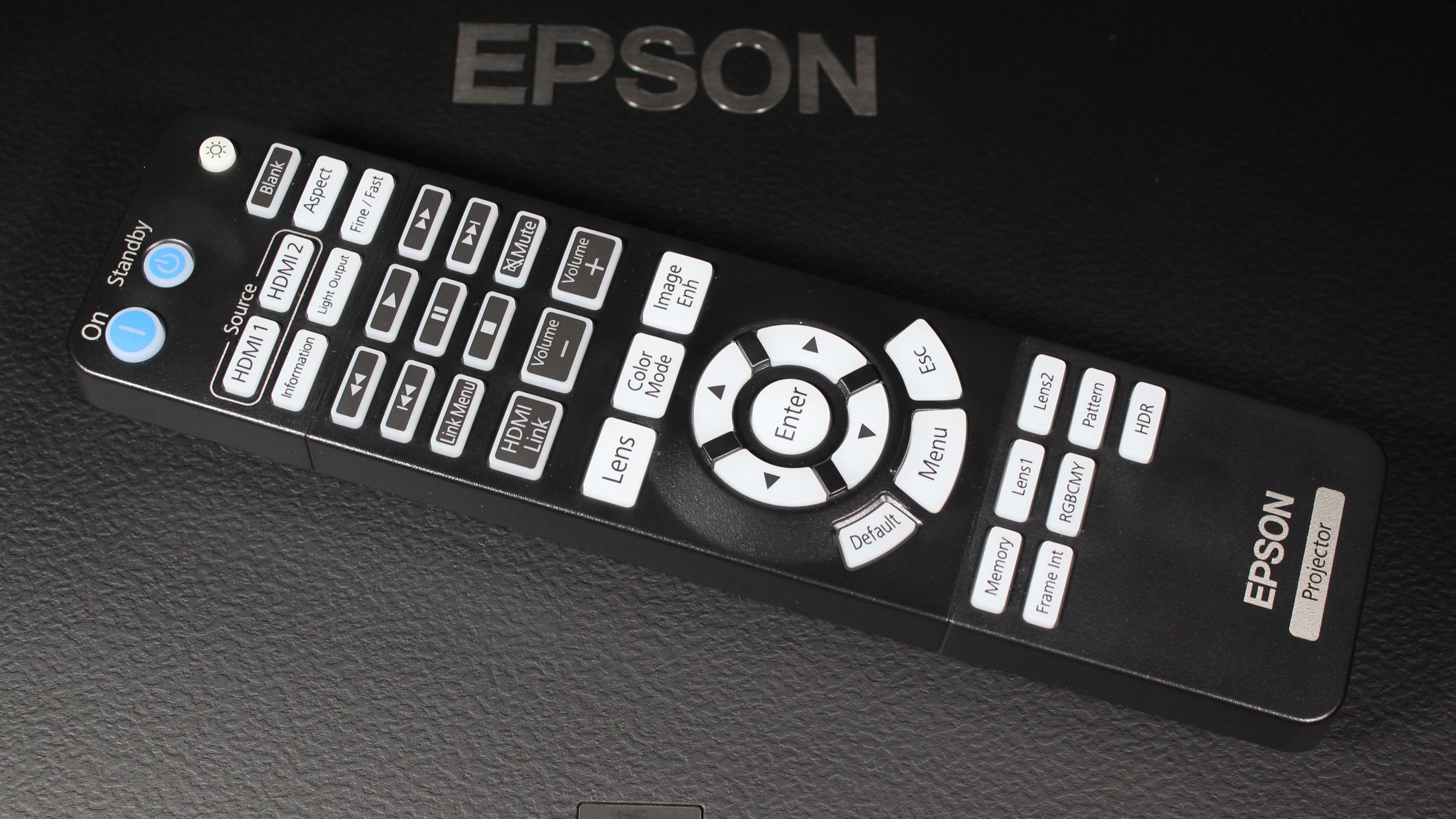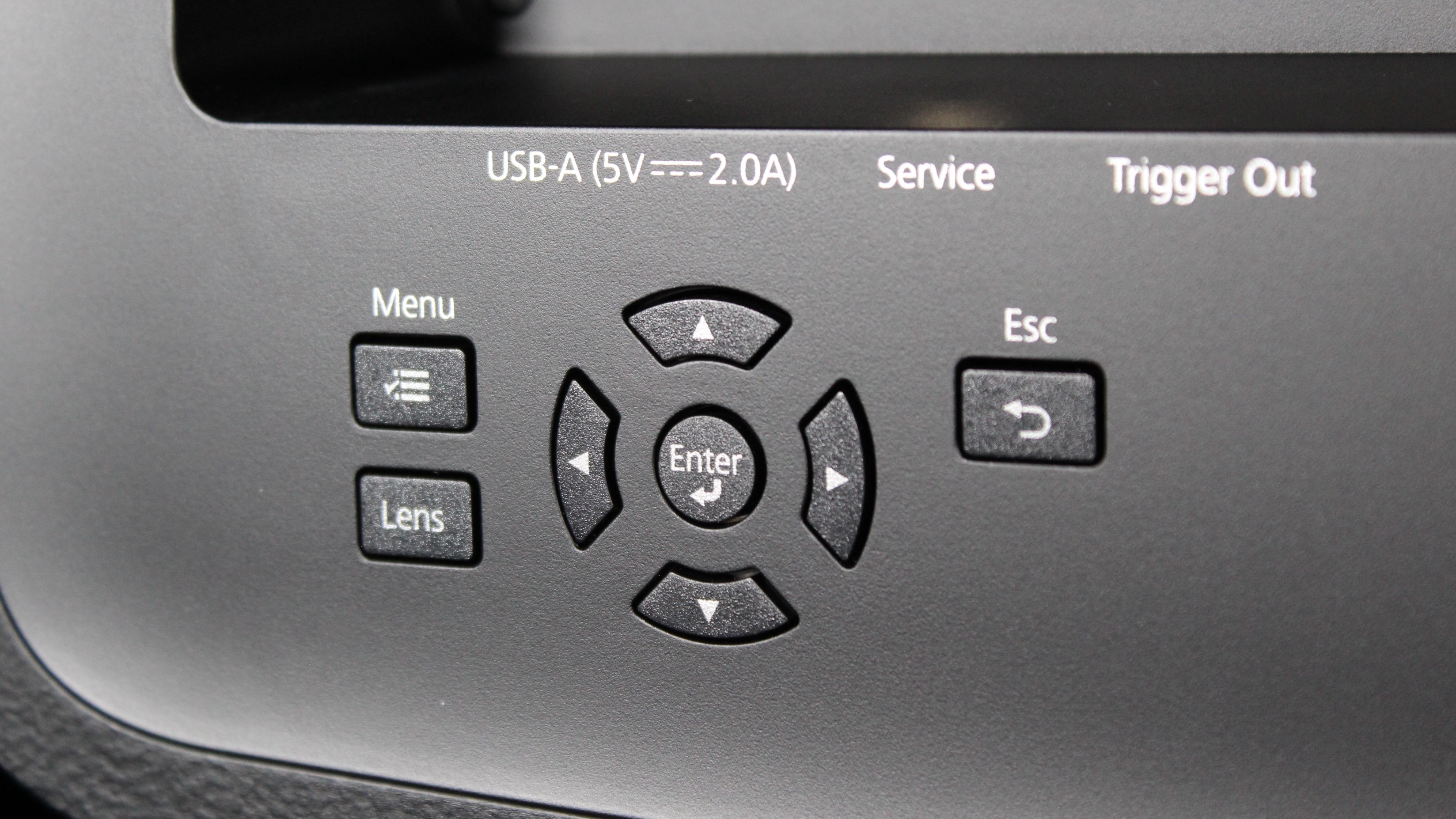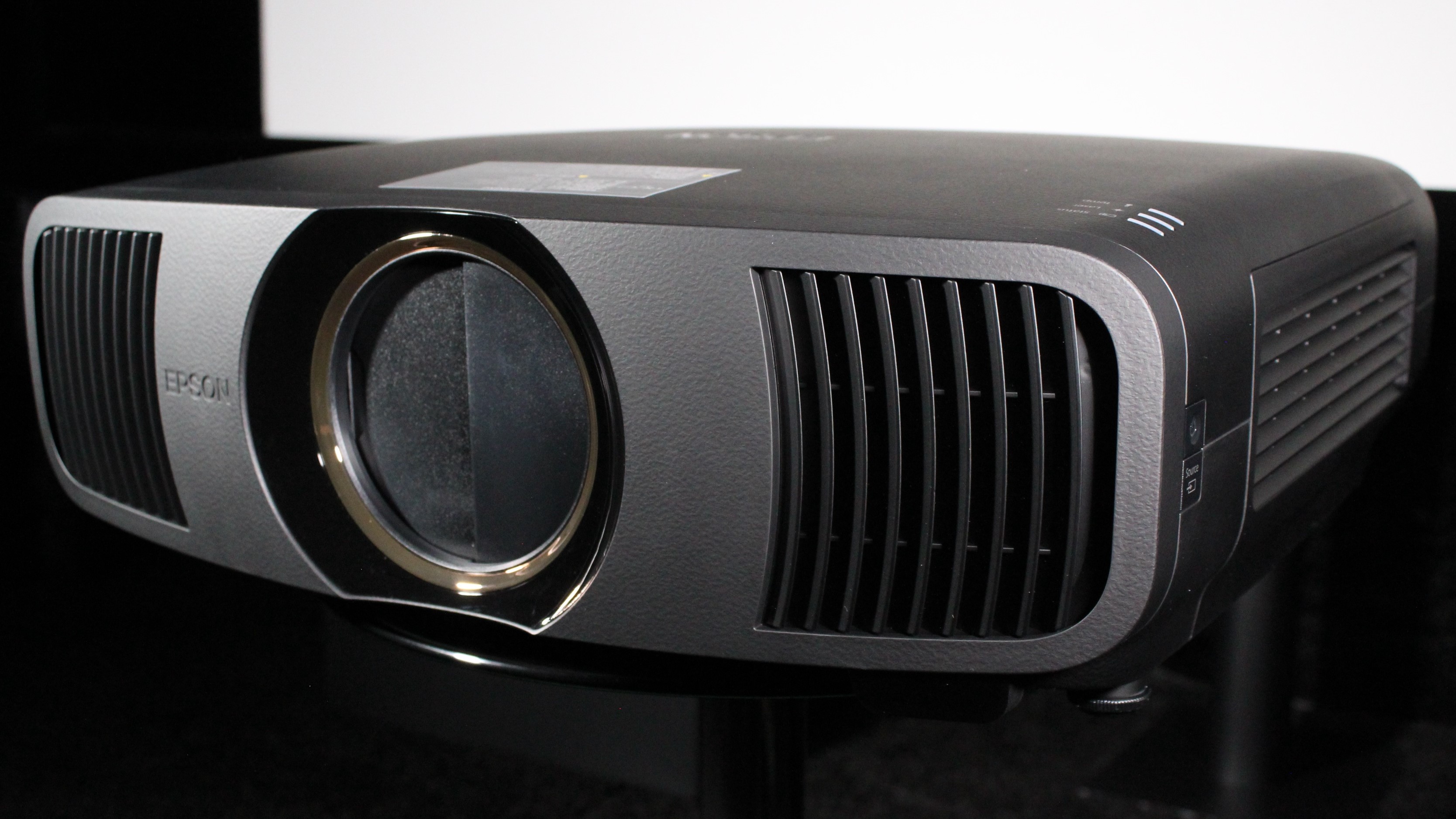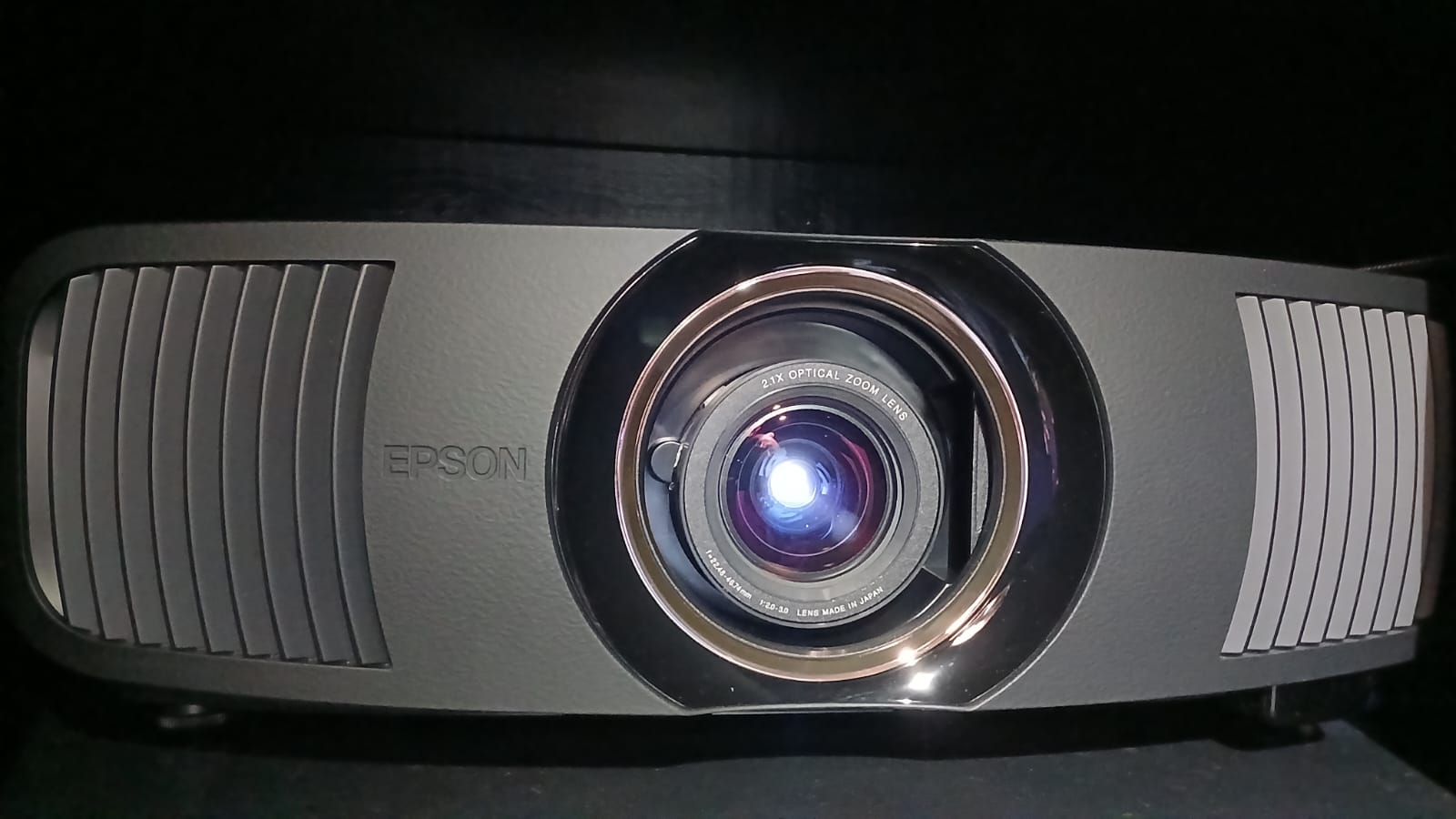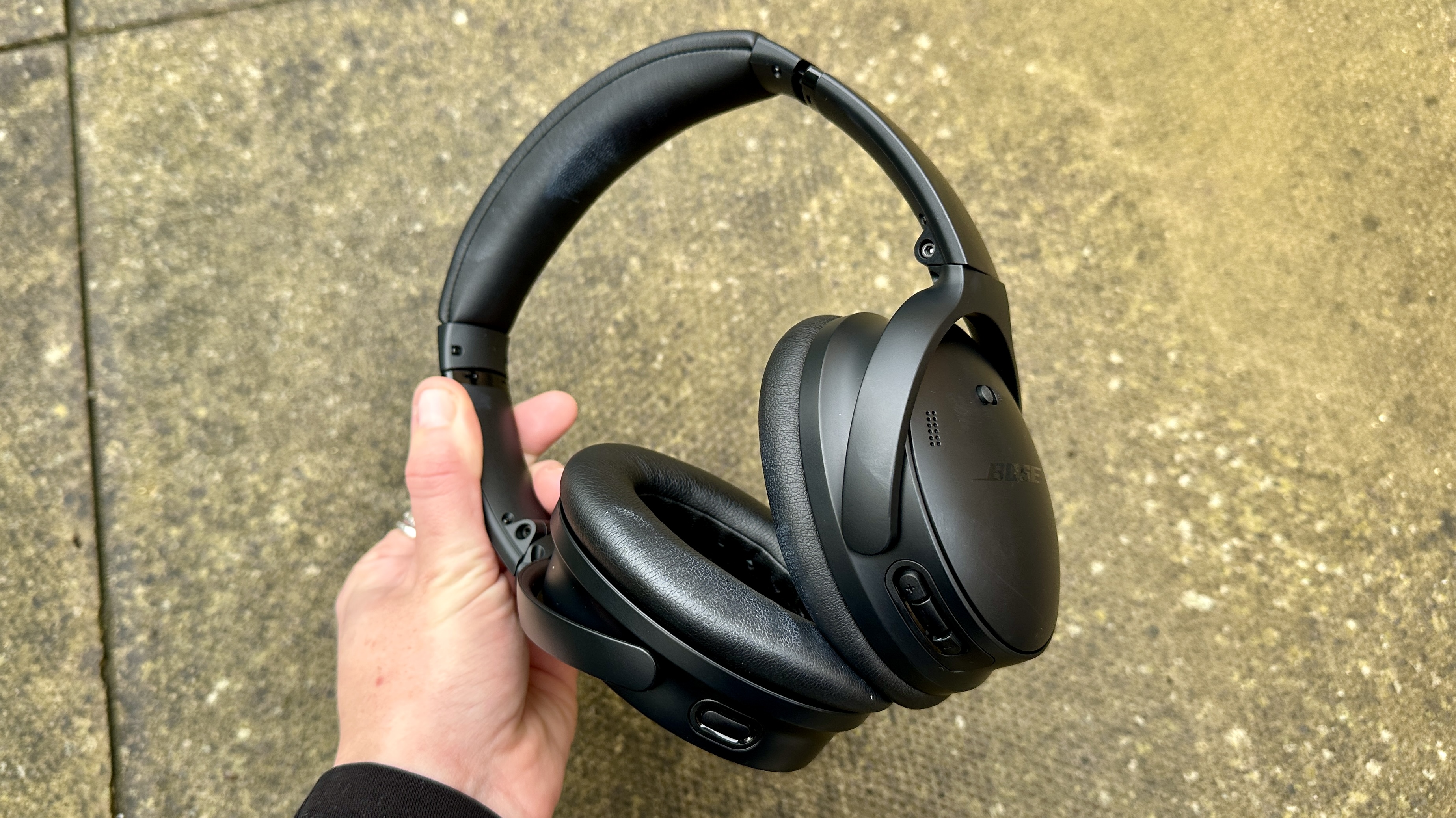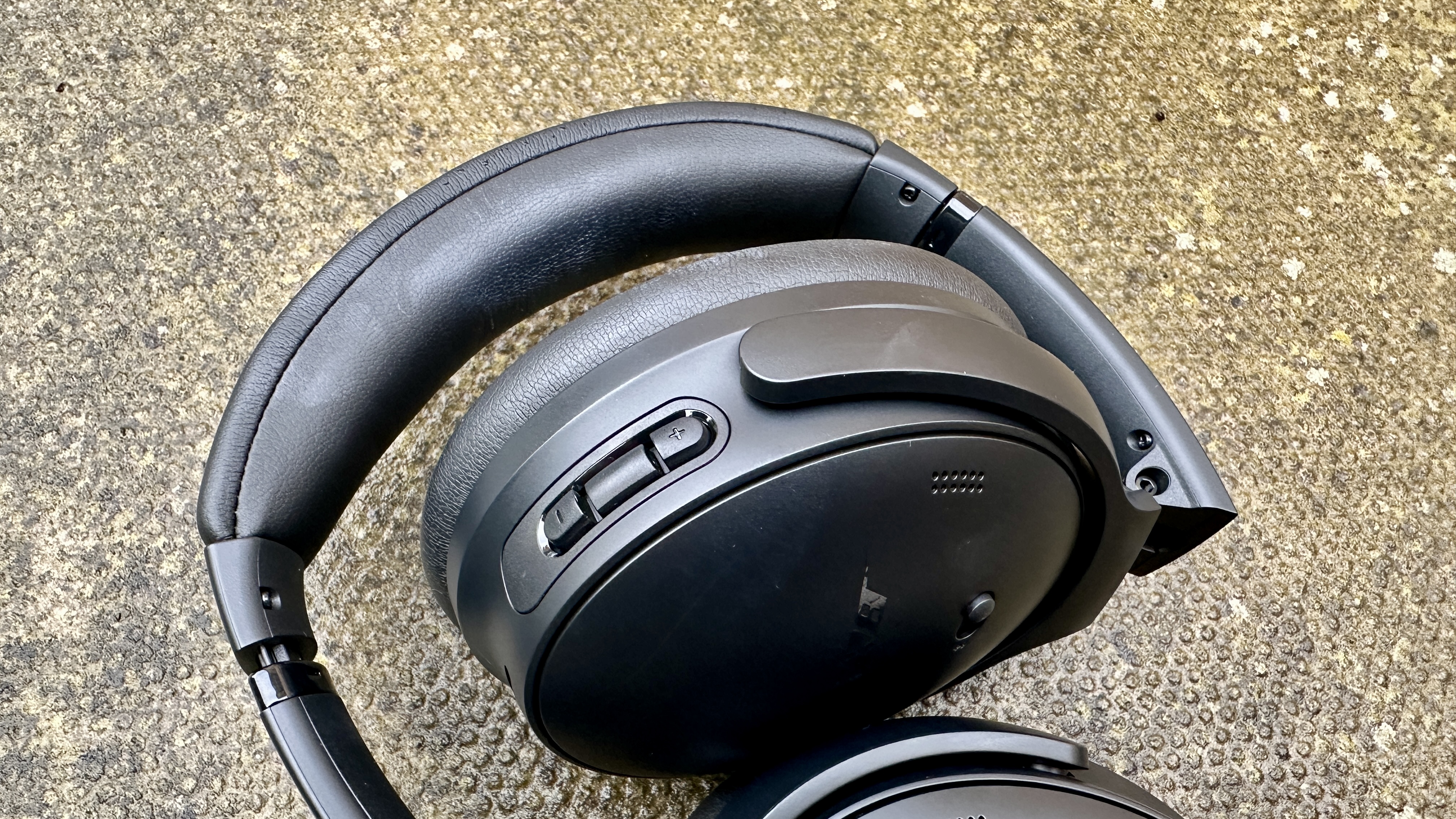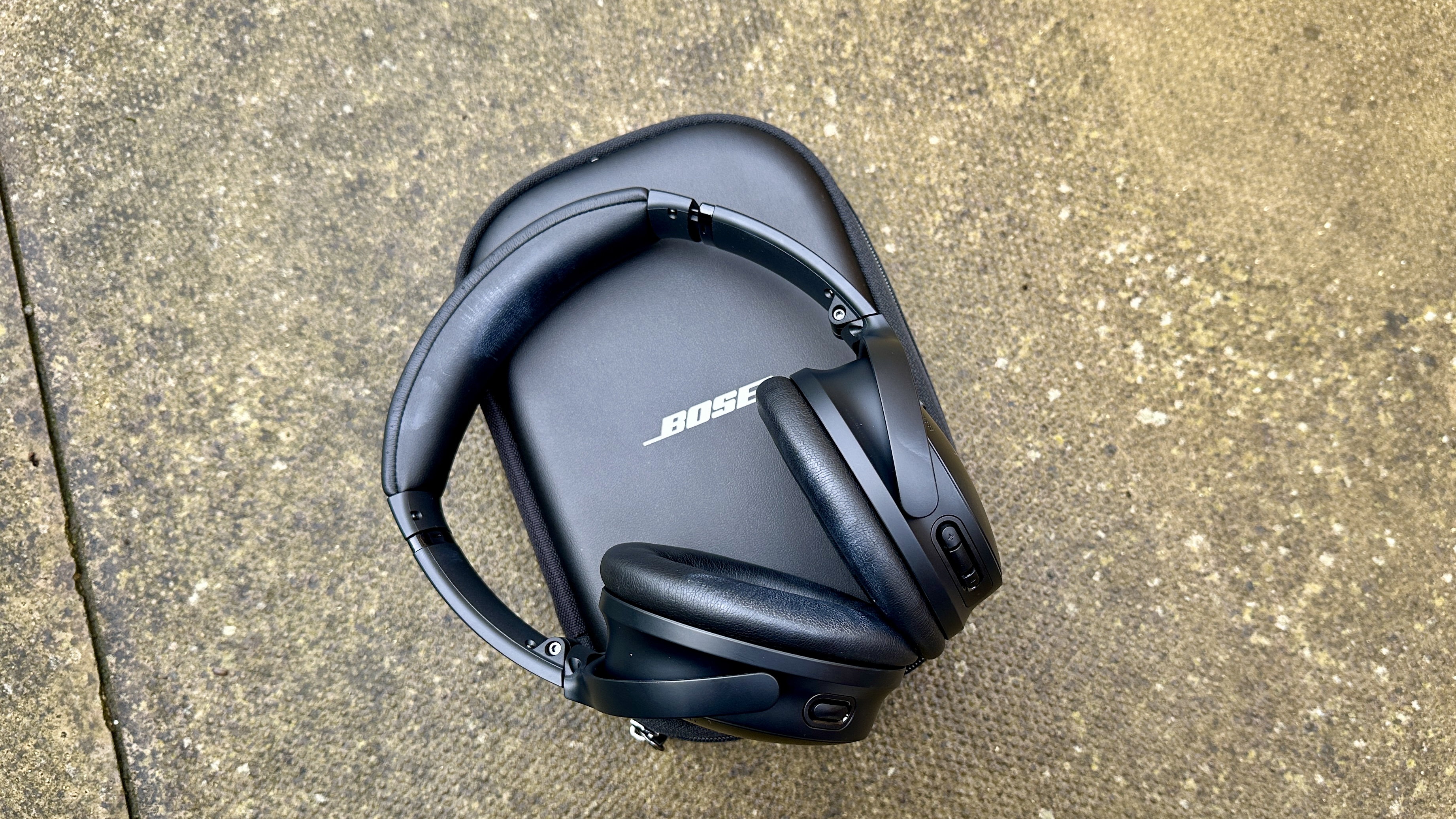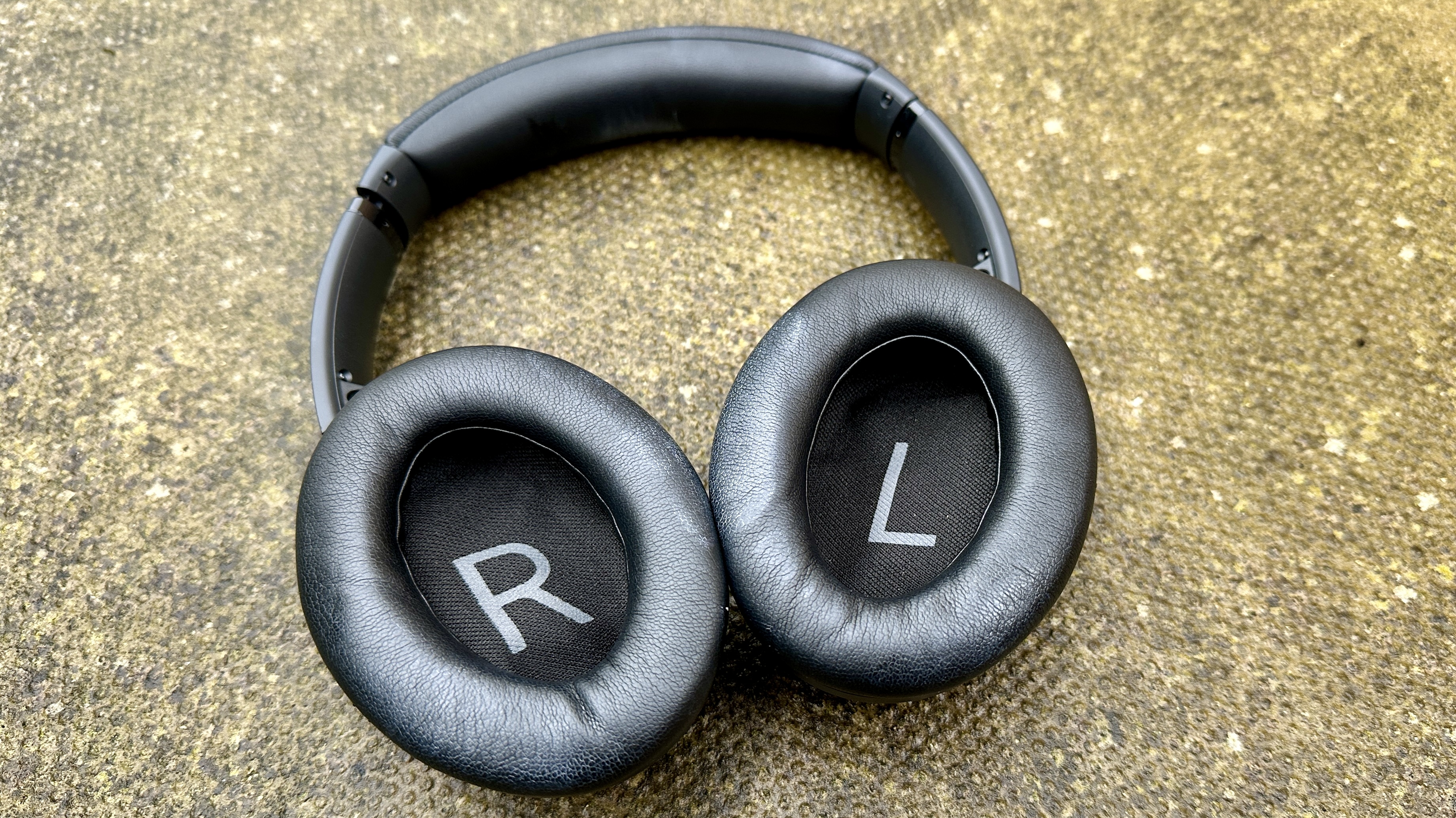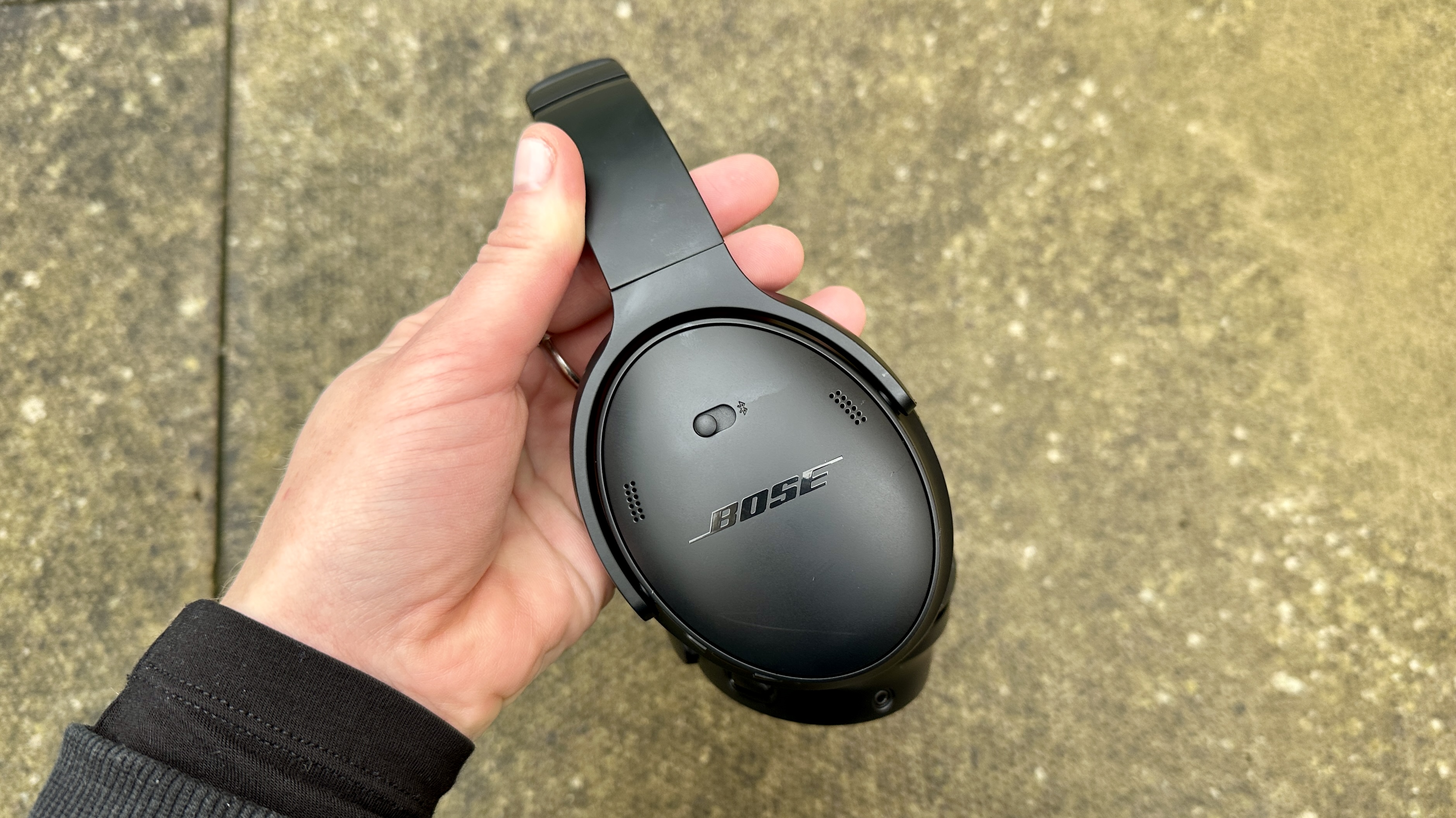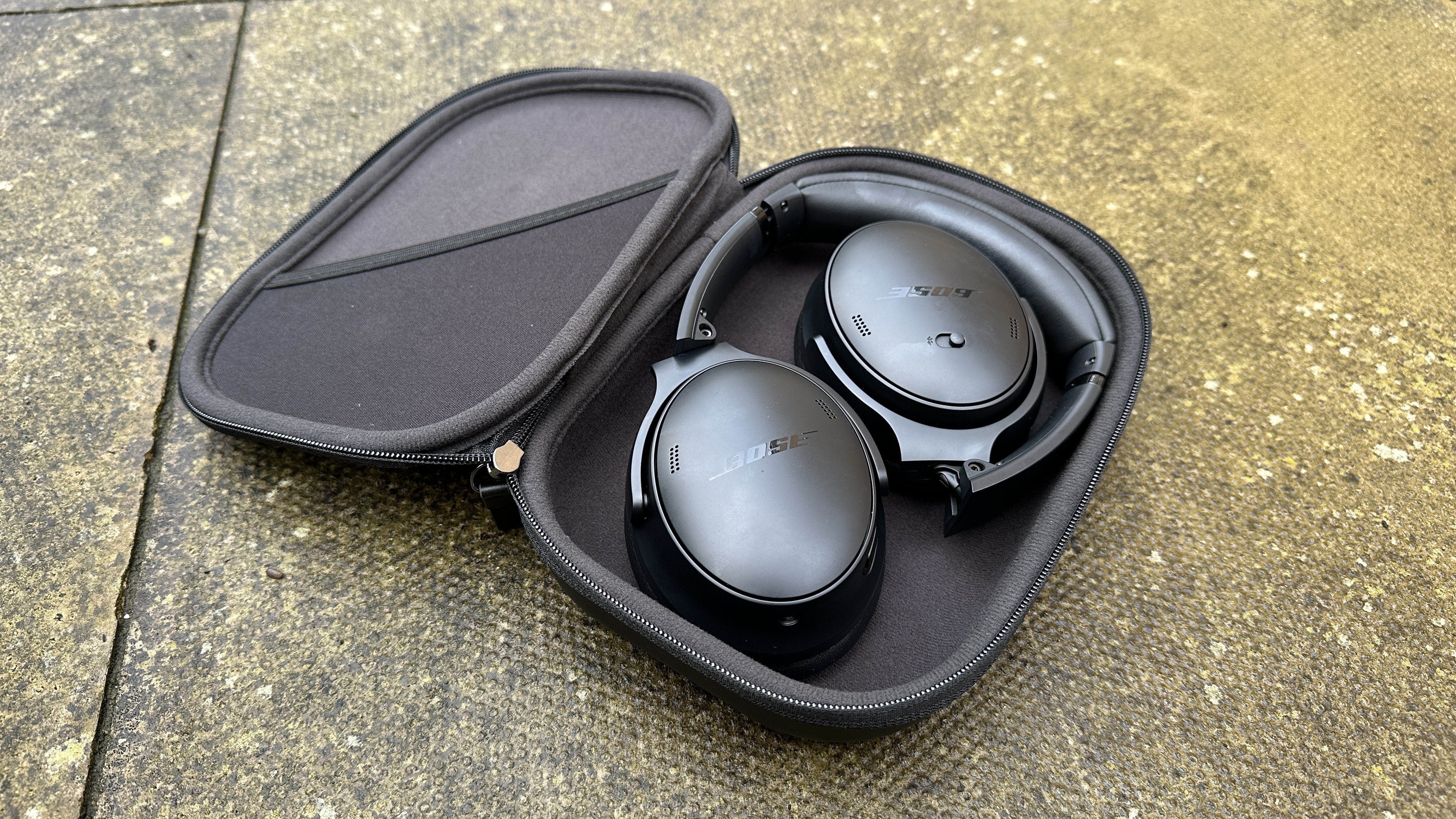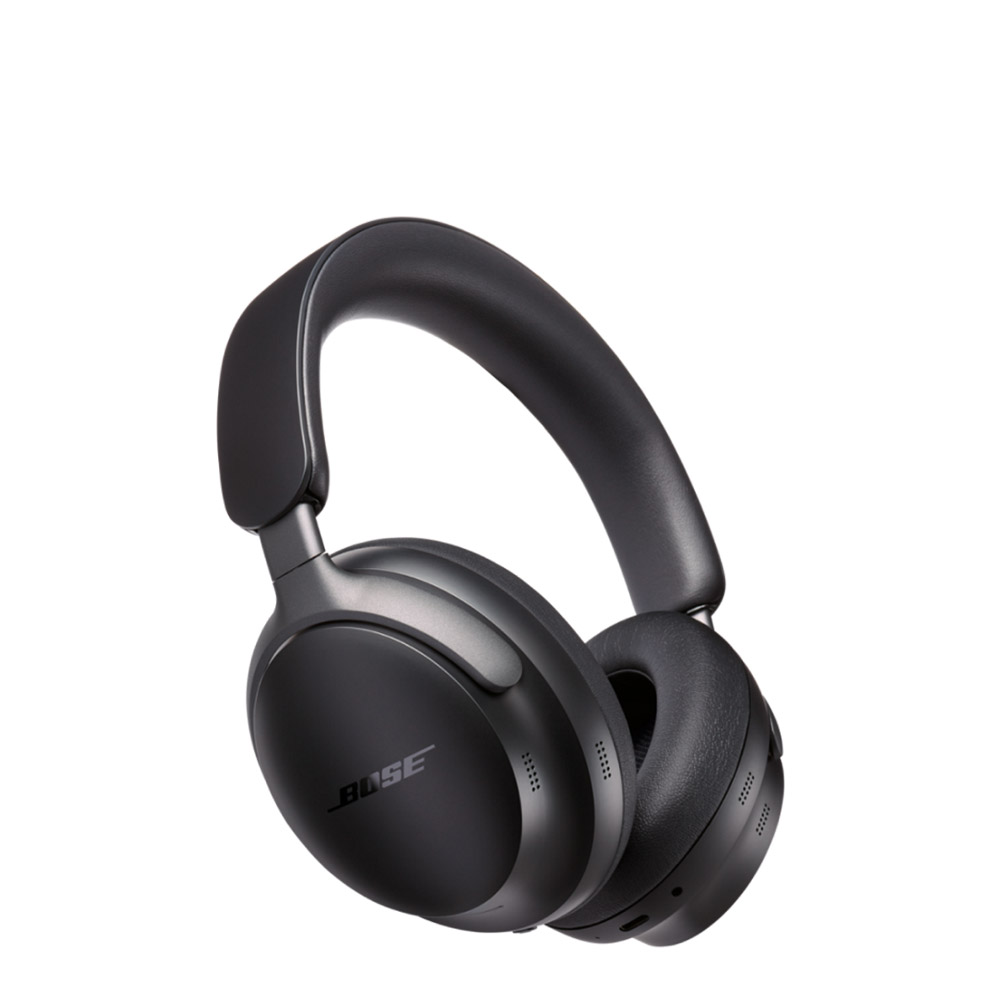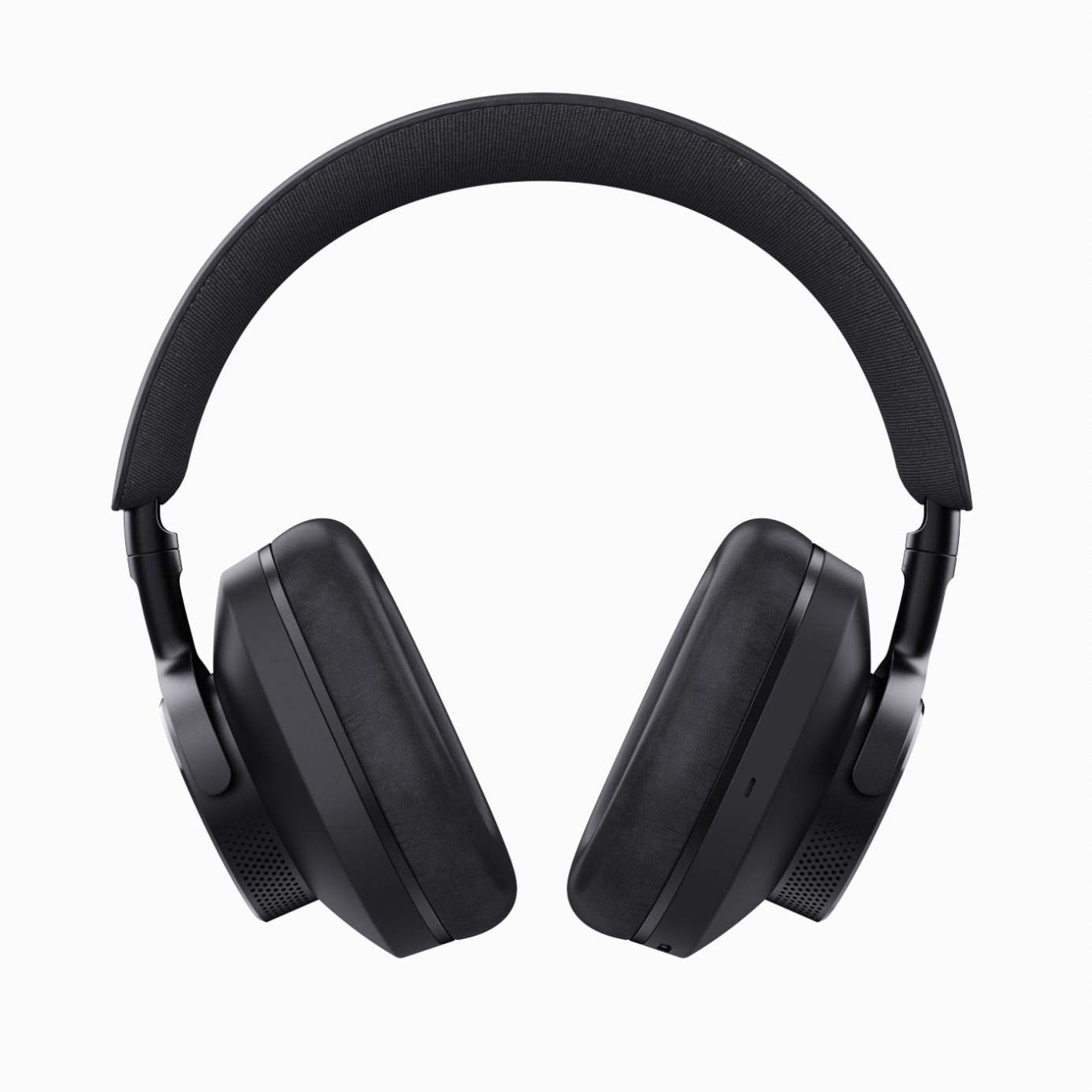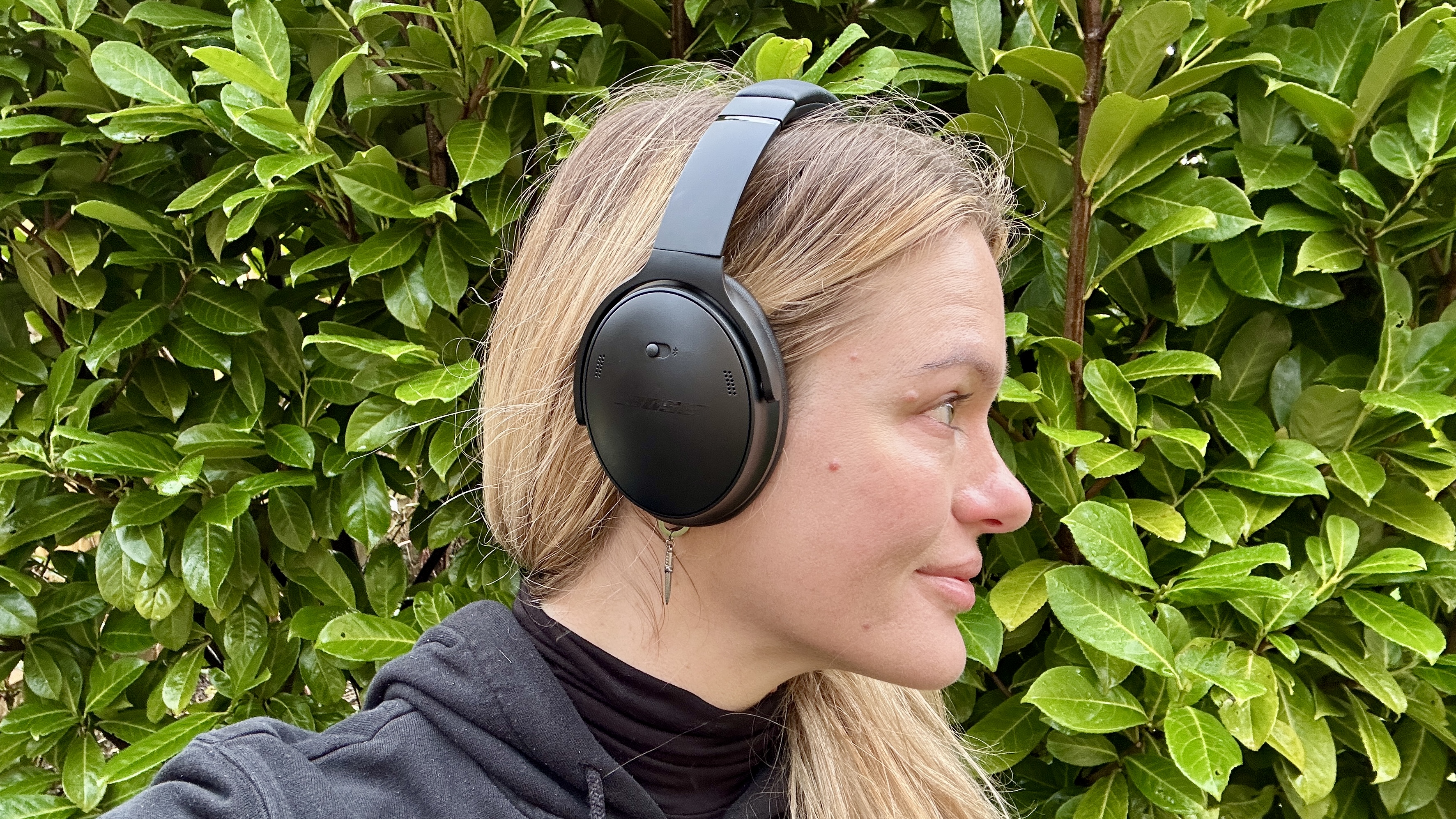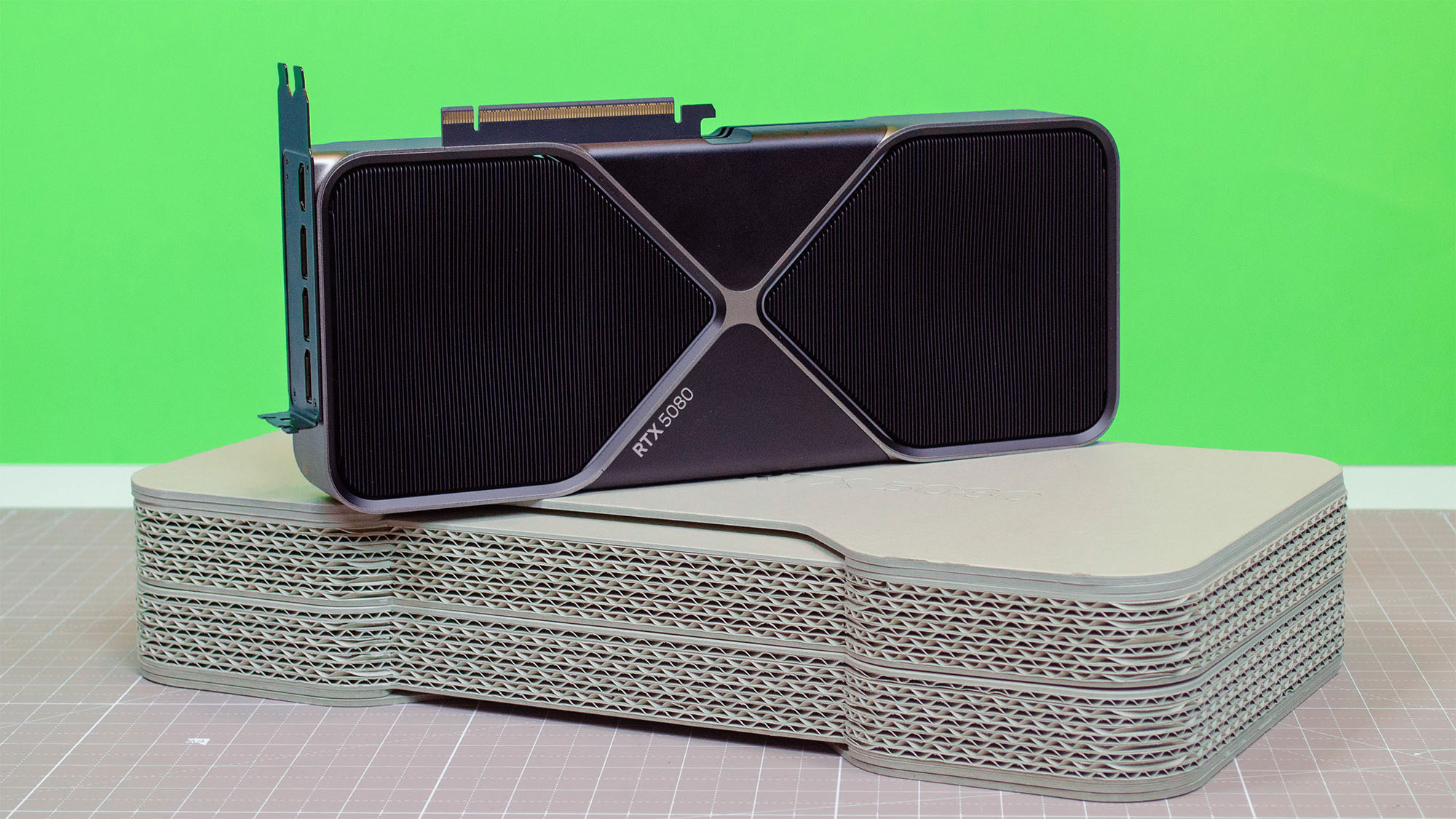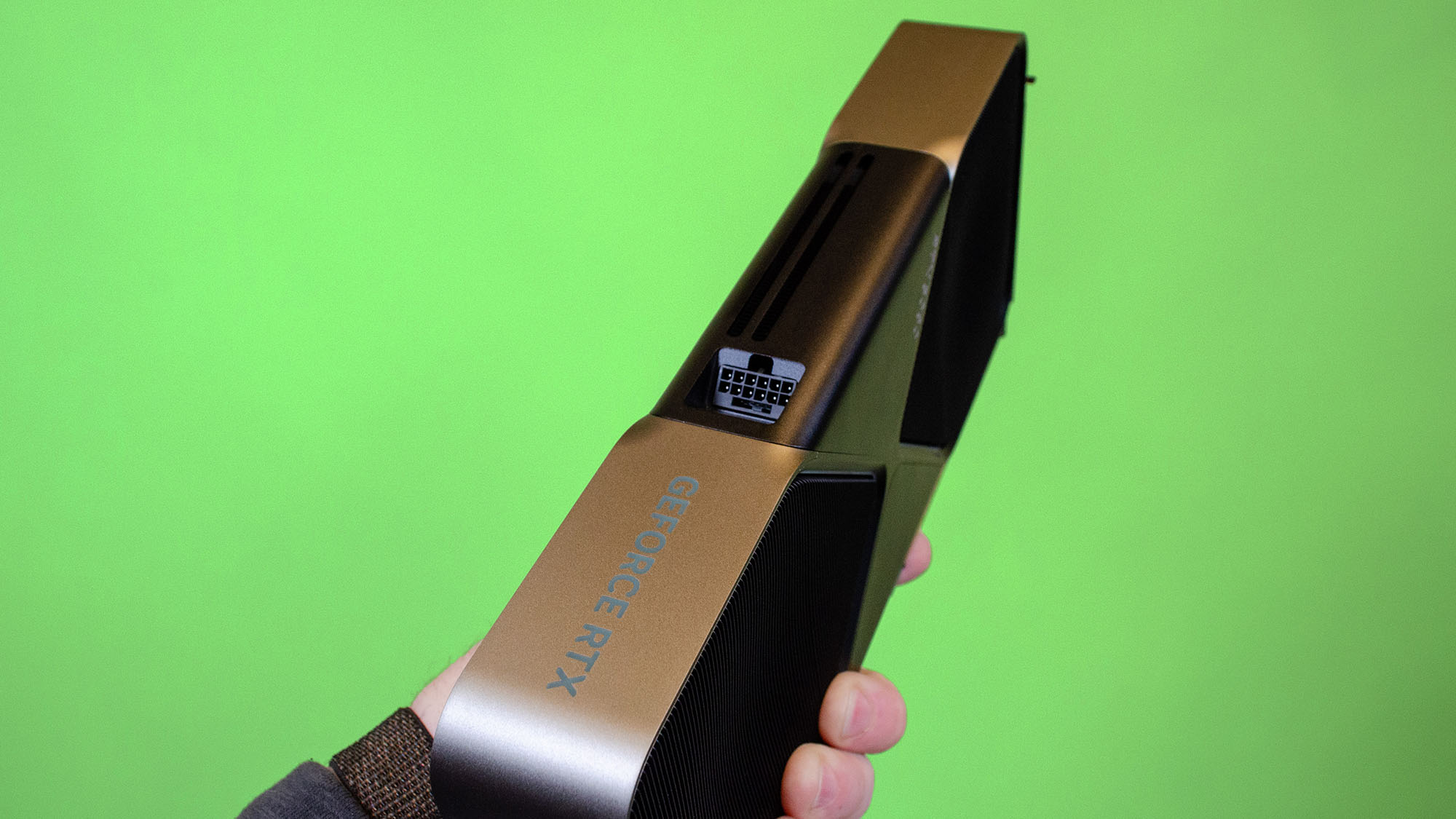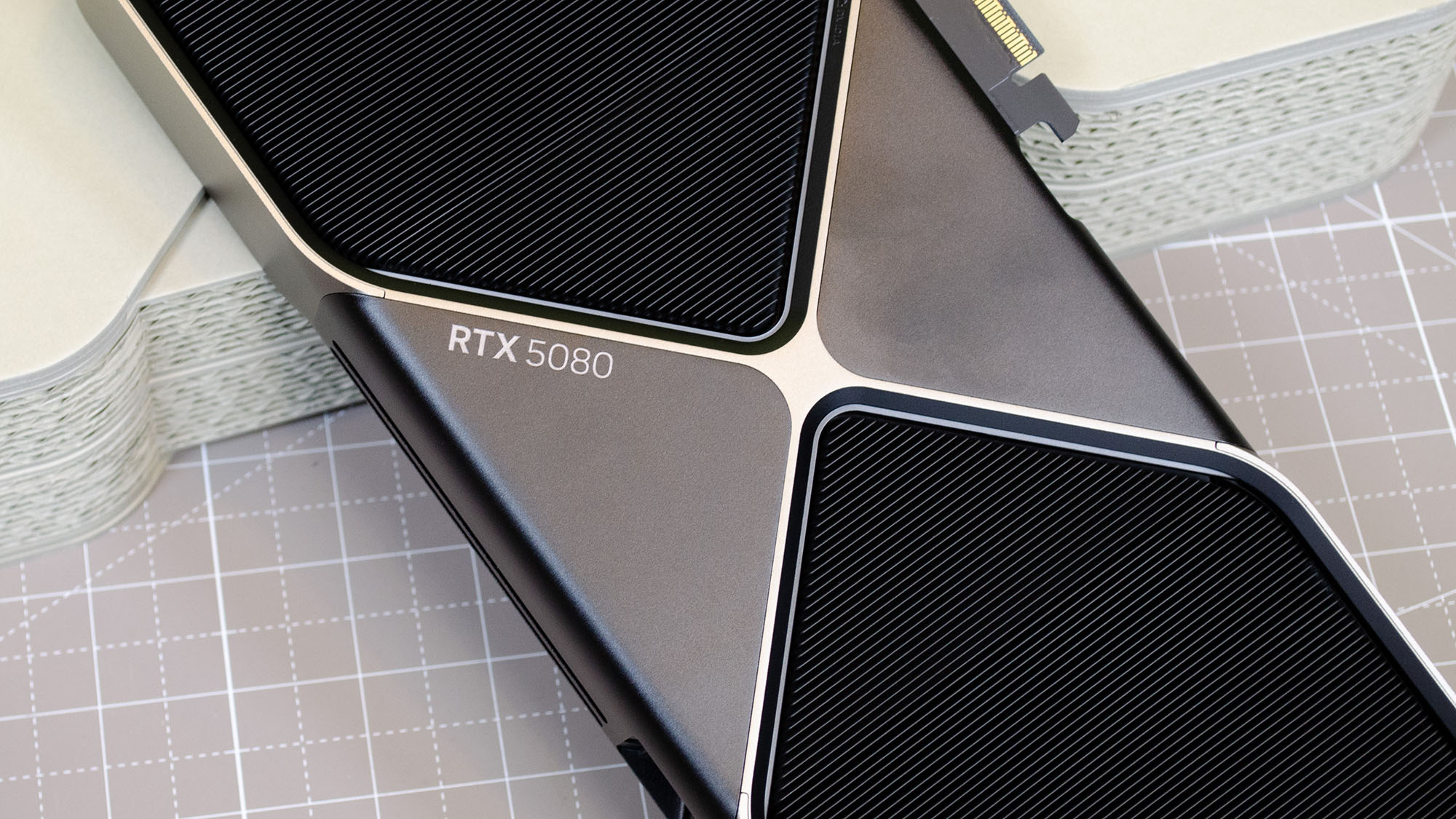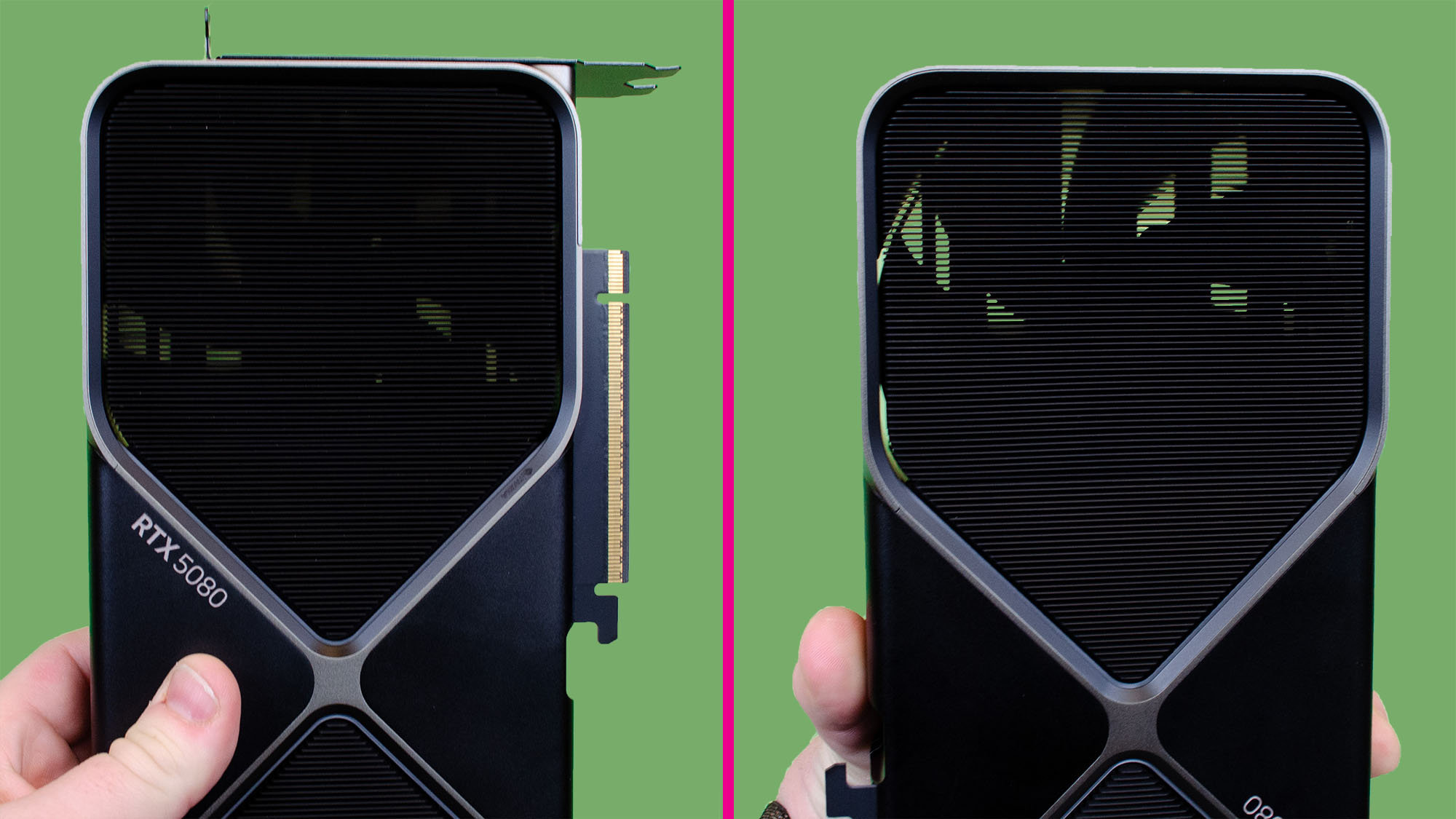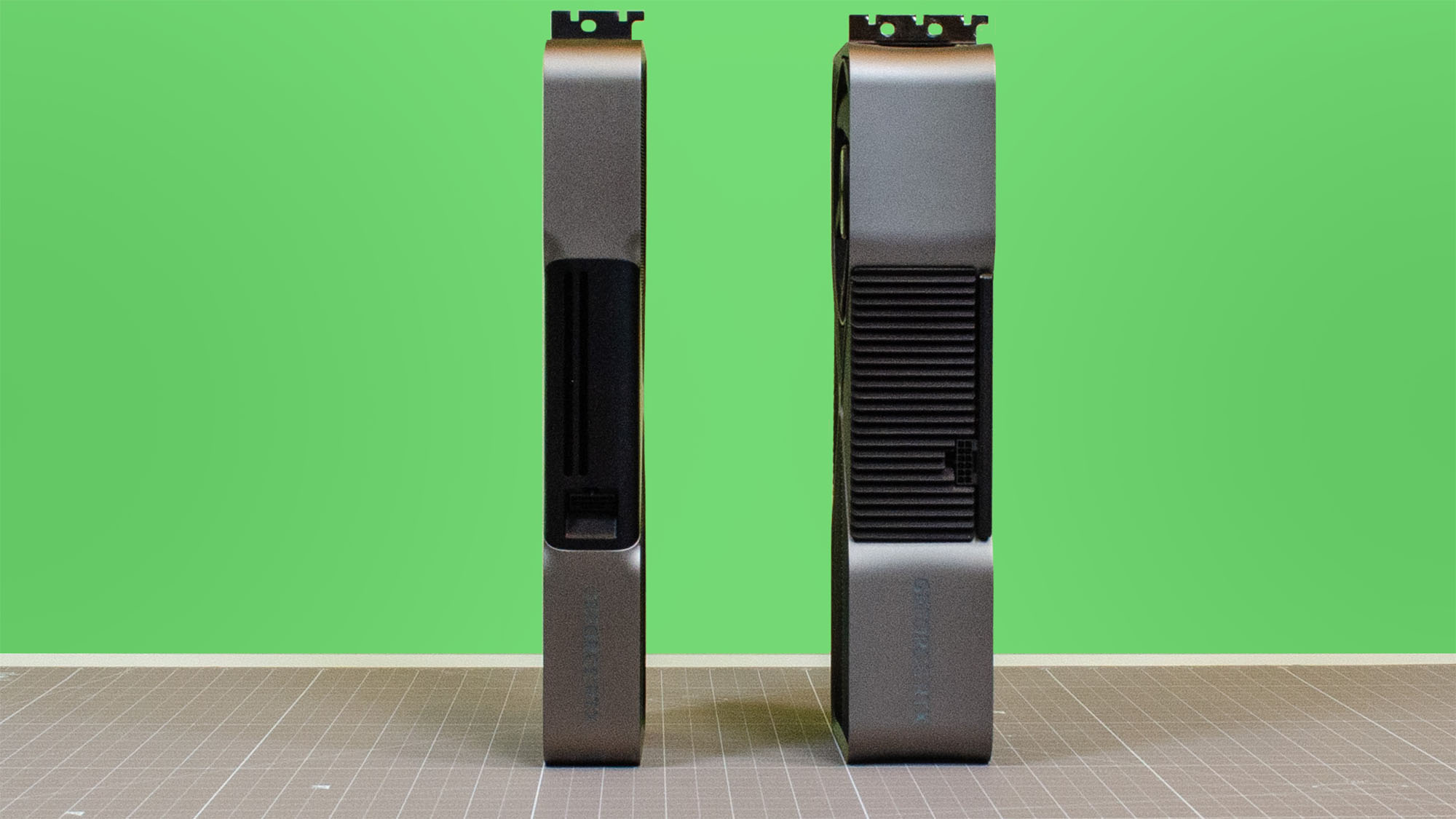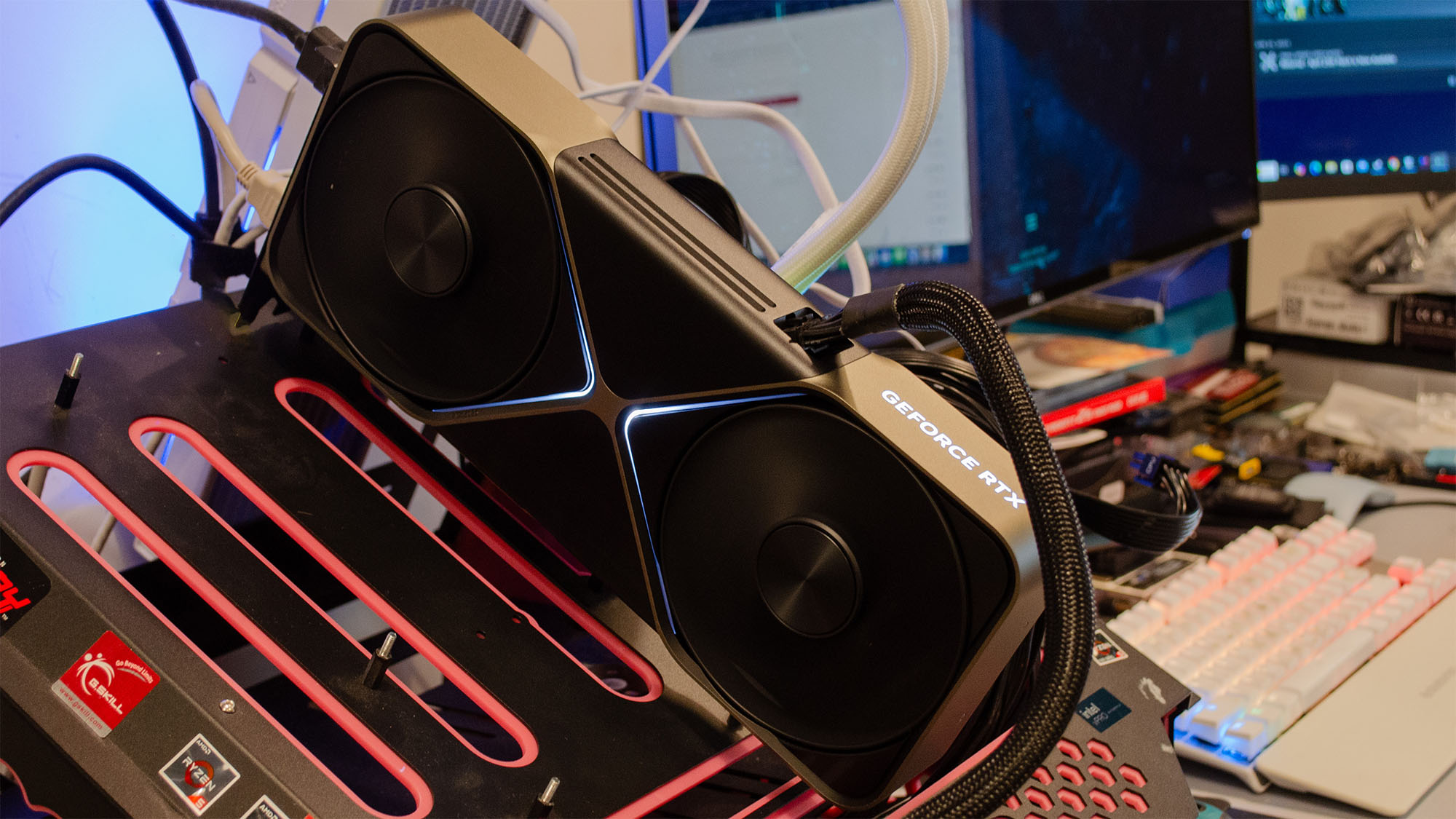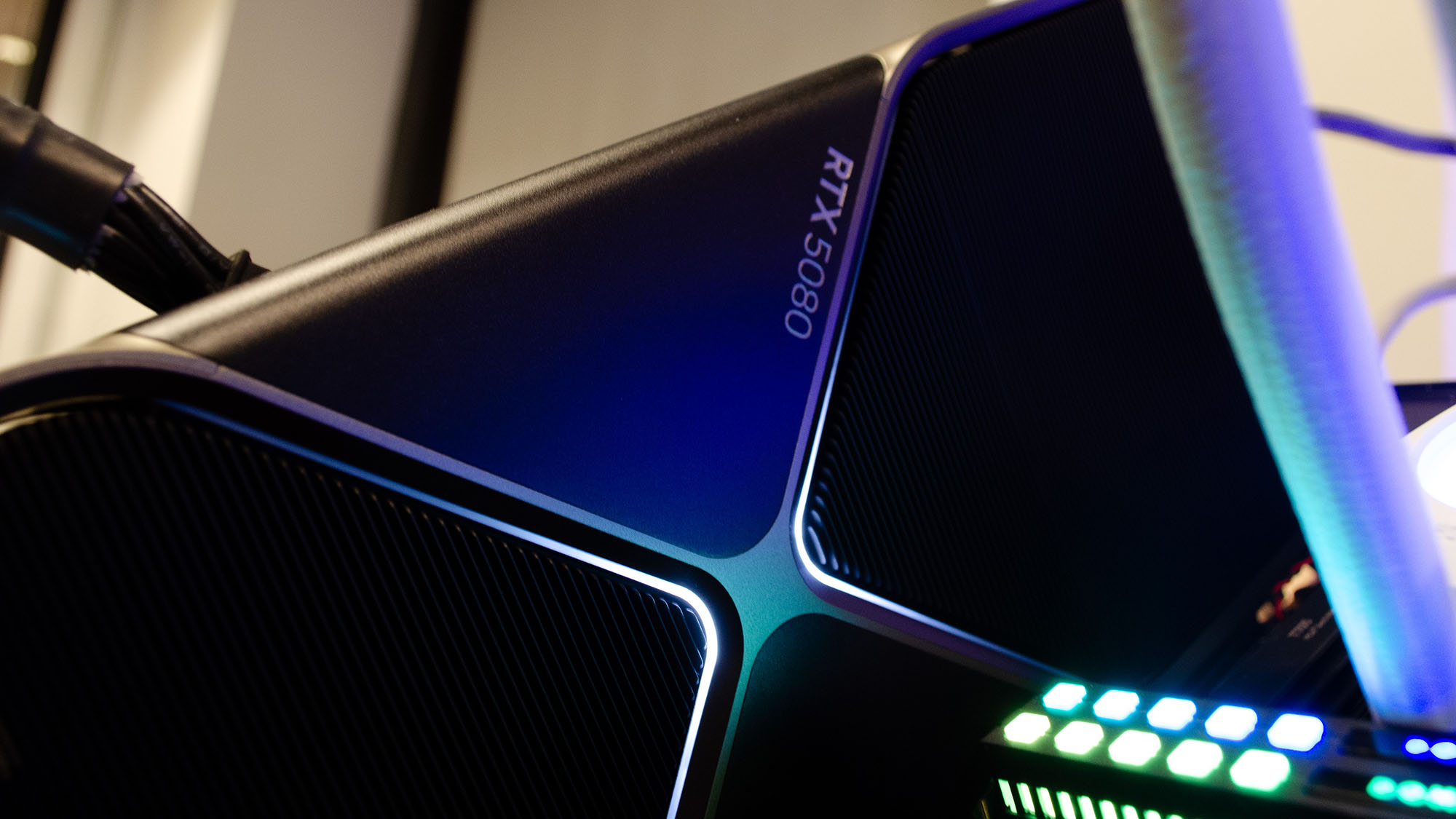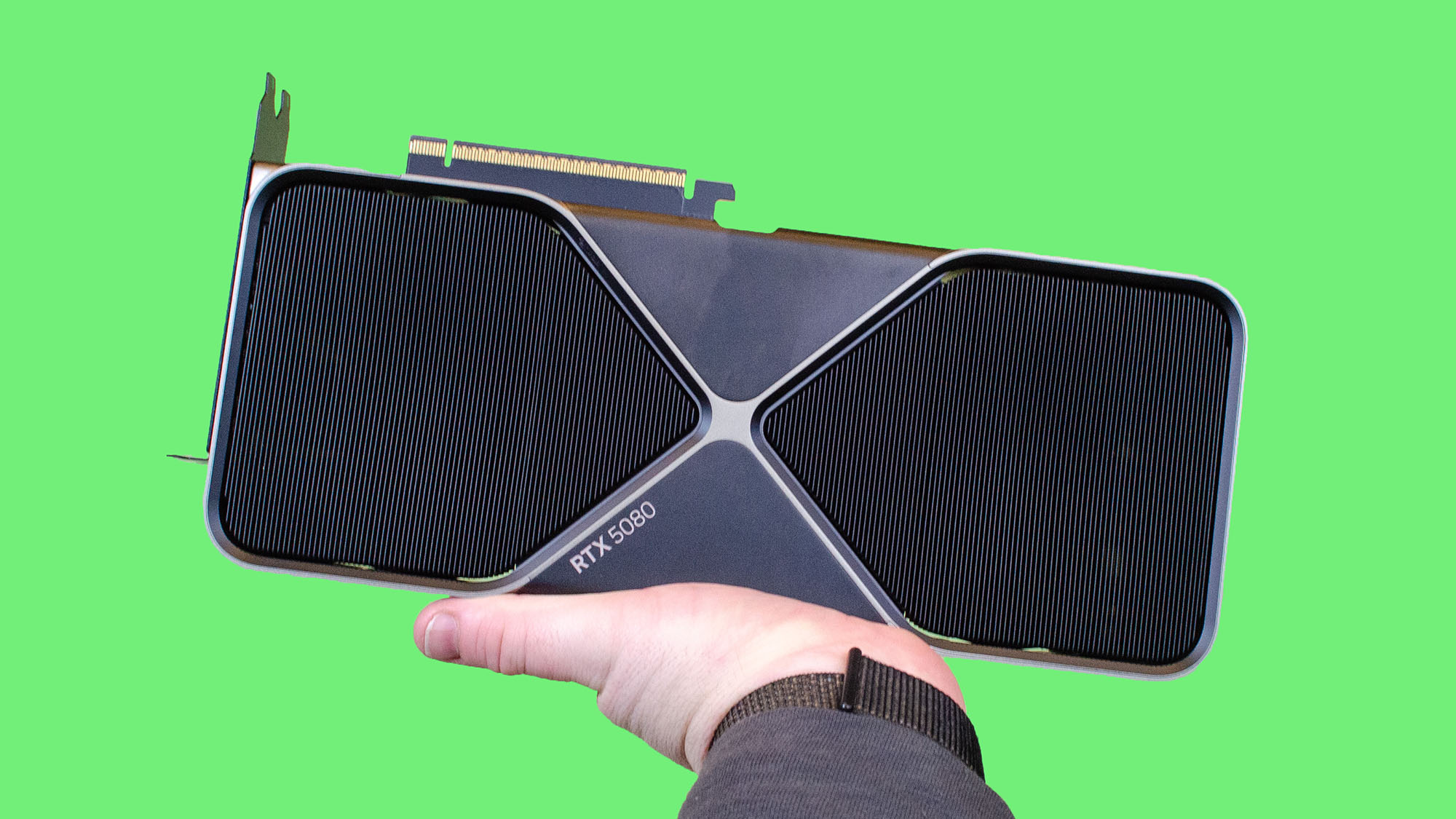Panasonic Lumix G97 review: enthusiast-level camera, beginner-level price
Panasonic Lumix G97 two-minute review
The Panasonic Lumix G97 is effectively an updated refresh of the 2019 Lumix G95/90, with a higher-resolution rear screen, the video recording limit removed, and a new USB-C port for charging and power. Granted, that doesn’t sound like much of an update – but when you use the G97 you realize just how responsive, well-made and powerful this camera still is, even by todays’ standards.
It does have a 20MP Micro Four Thirds sensor, which is half the size of the sensors in its APS-C rivals, which also offer more resolution at 24-26MP+. This has some effect on the ultimate image quality, but perhaps not as much as you might expect, since the G97’s sensor has no anti-aliasing filter in order to maximize fine detail; and while there is more digital noise at higher sensitivities, you have to push the ISO quite a long way before it shows (and APS-C cameras also produce noise, of course).
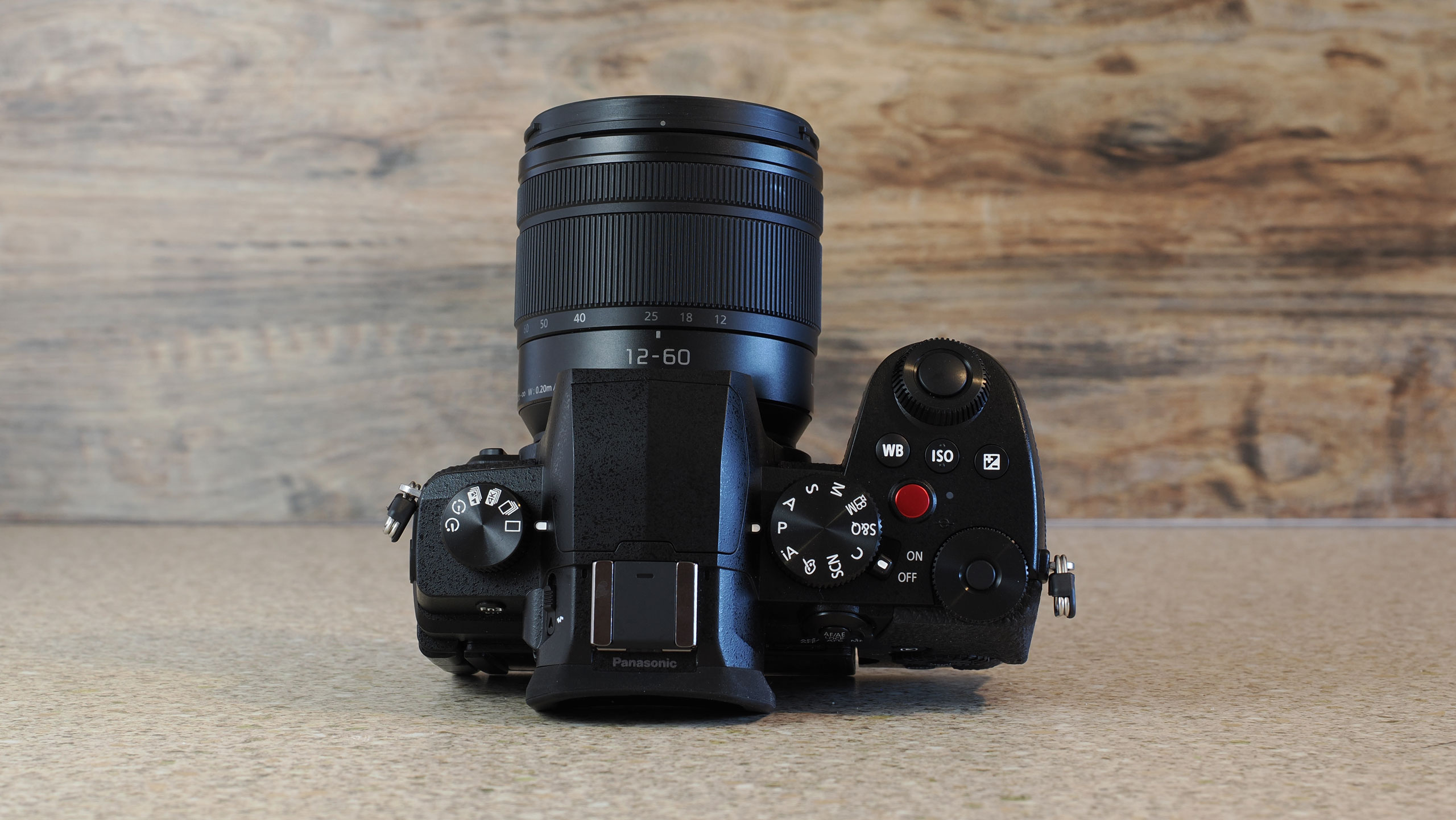
And then there’s Panasonic’s somewhat controversial DFD contrast AF – the G97 does not employ Panasonic’s latest hybrid phase/contrast tech. Is it a problem? Not in stills photography, where the AF is extremely fast and responsive. You might notice the difference in video, though, where many users report the AF hunting or ‘pulsing’ as it keeps re-checking even stationary objects. It will depend on what you film, and how.
Let’s look at what this camera delivers elsewhere. You get an extremely effective in-body image stabilization system (the smaller sensor helps here), a good-quality EVF where most rivals at this price don’t have one at all, a 1.84m-dot vari-angle touchscreen, a twin-dial control system (three dials, if you count the one on the back) and, if you go for 12-60mm lens bundle, one of the best kit lenses out there, both for zoom range and for real-world image quality. Really, this is an enthusiast-level camera at a beginner-level price.
Panasonic Lumix G97: Release date and price
- $850 / £799 with Lumix G 12-60mm f/3.5-5.6
- £699 body only (UK)
- £899 with Lumix G 14-140mm f/3.5-5.6 II (UK)
At launch, the Lumix G97 is being offered only as a bundle with the Lumix G 12-60mm f/3.5-5.6 kit lens in the US, but in the UK you can buy it body-only or with the Lumix G 14-140mm f/3.5-5.6 10x zoom. They’re all great deals, but the 12-60mm bundle looks the best for new users.
It’s worth pointing out that this is a 24-120mm equivalent 5x zoom that goes well beyond the range of most kit zooms, and it’s also rather good.
At these prices, the Lumix G97 is just about the cheapest new mirrorless camera on the market, matched closely on price by the OM System OM-D E-M10 Mark IV. The Canon EOS R100 is cheaper still, but does not have IBIS, has weak 4K video features, and does not come with a lens to rival the Panasonic’s excellent kit lens.
- Price score 5/5
Panasonic Lumix G97: Specifications
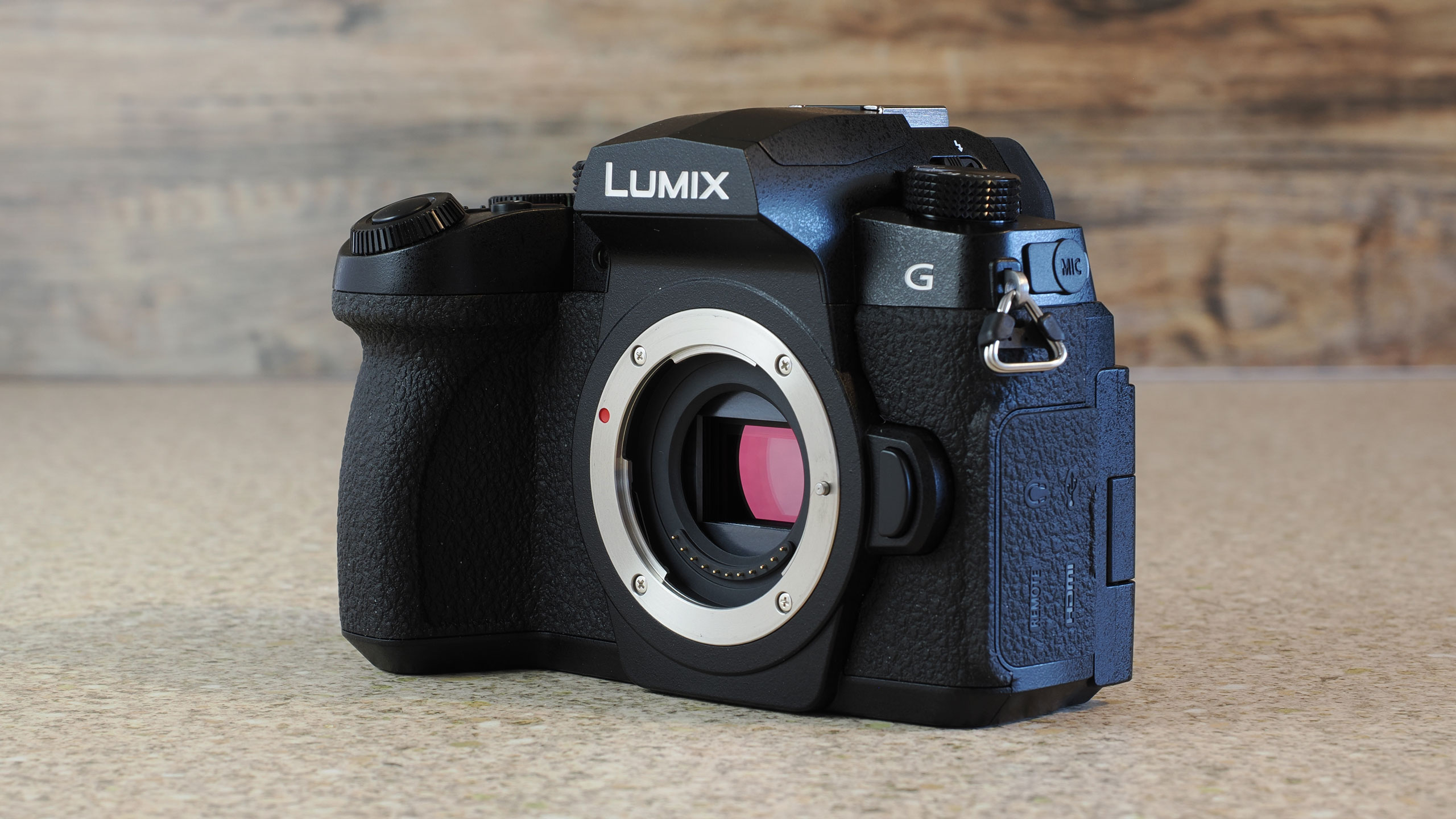
Panasonic Lumix G97: Design and handling
- DSLR-style design with twin control dials
- 1.84m-dot vari-angle touchscreen
- 5-axis 5-stop IBIS
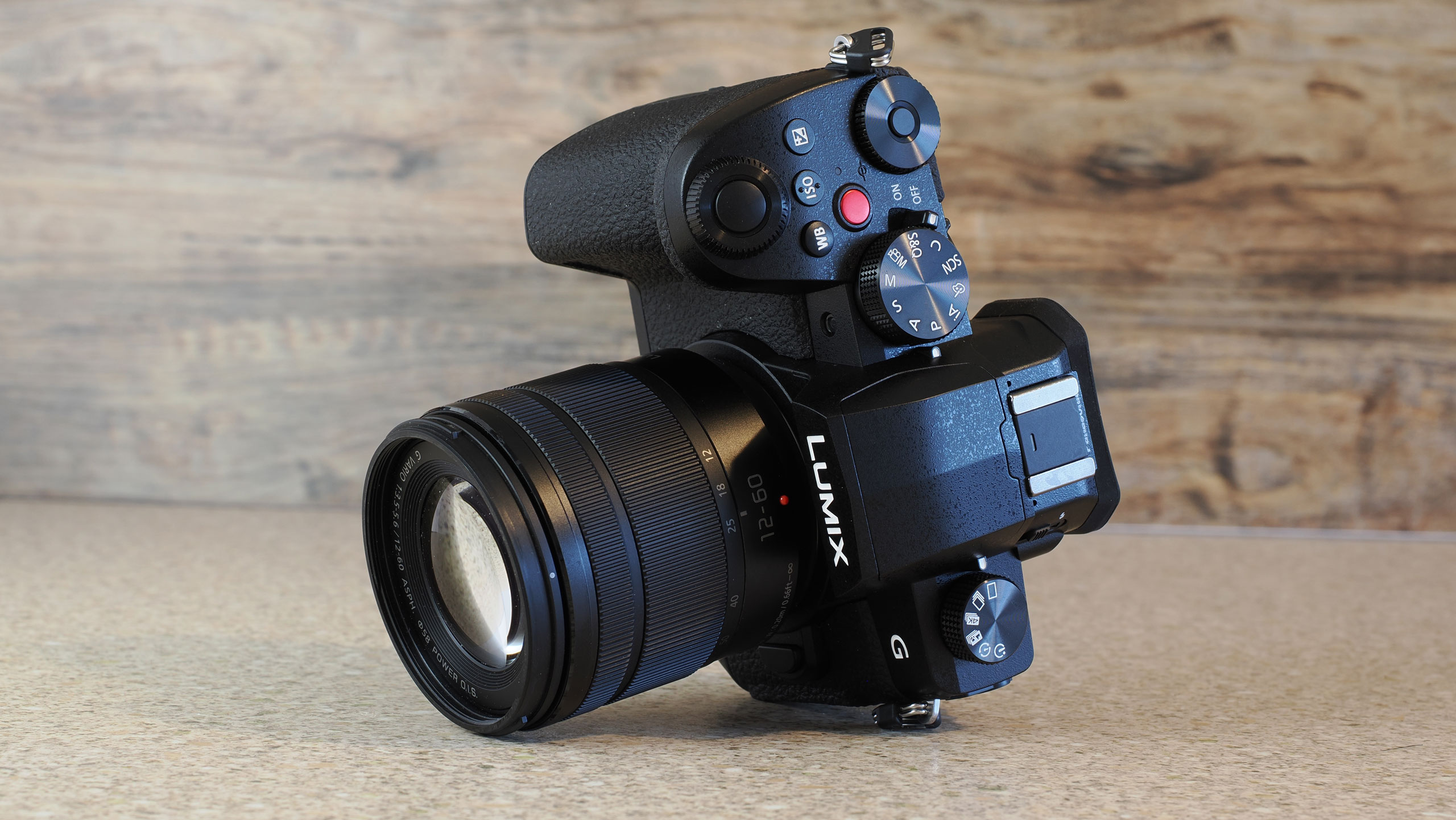
The Lumix G97 looks and handles like a small DSLR. It might seem unnecessarily large for a camera with a Micro Four Thirds sensor, but the fact is that there is a limit as to how small you can make a camera that still fits a human hand properly – especially one which takes interchangeable lenses.
Where you do see an advantage from the smaller sensor is in the smaller and lighter lenses this system uses. The 12-60mm (24-120mm equivalent) kit lens is a great example – it offers a 5x zoom range in a lens that’s little larger or heavier than a 3x kit zoom on a larger-format camera.
There’s a decent-sized grip on the right side of the body that provides a secure hold, leaving your other hand free to operate the lens or the flip-out touchscreen. If you prefer to use the EVF, that's bright and clear, and has an eye sensor to switch from the LCD to the viewfinder automatically.
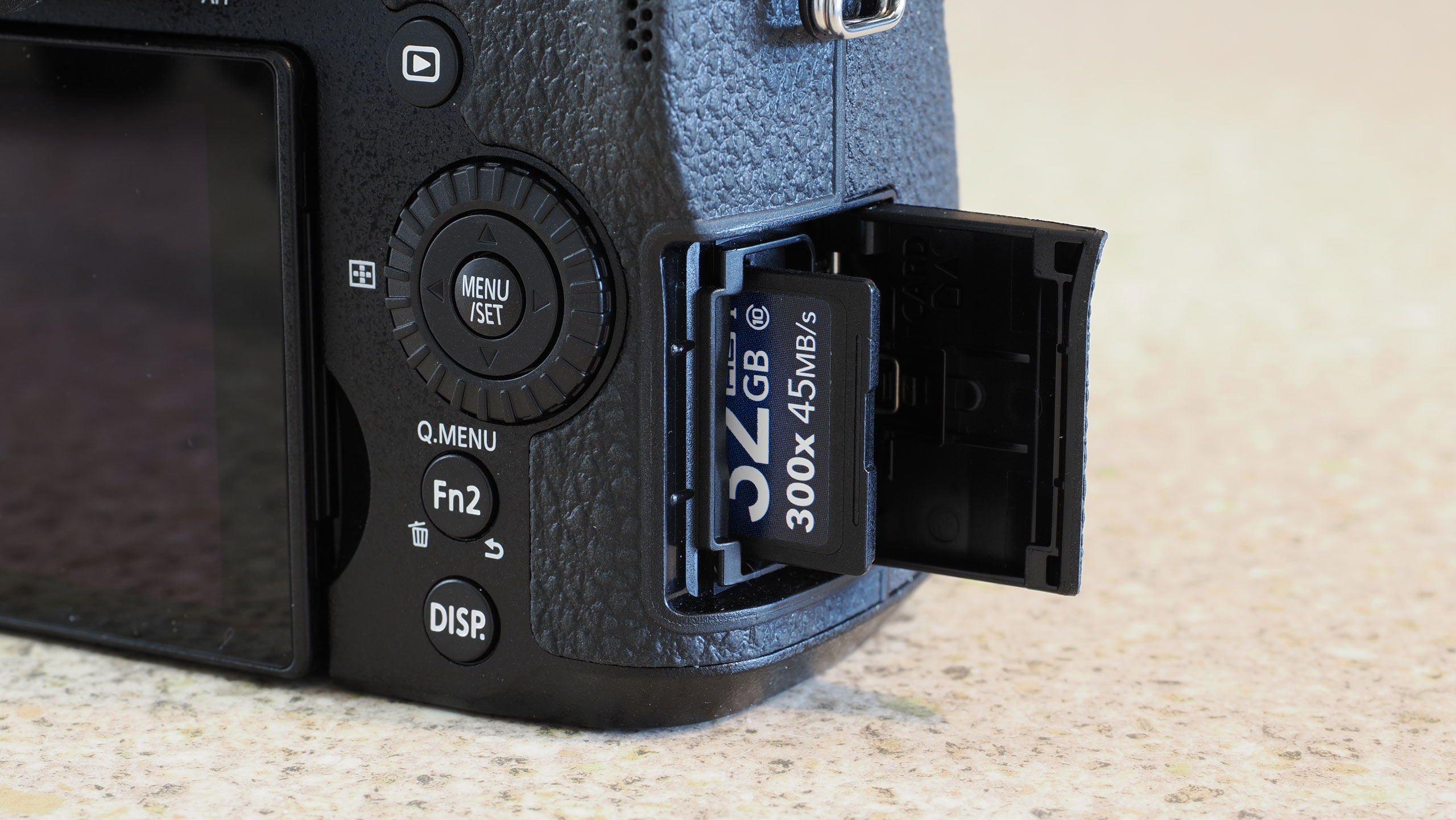
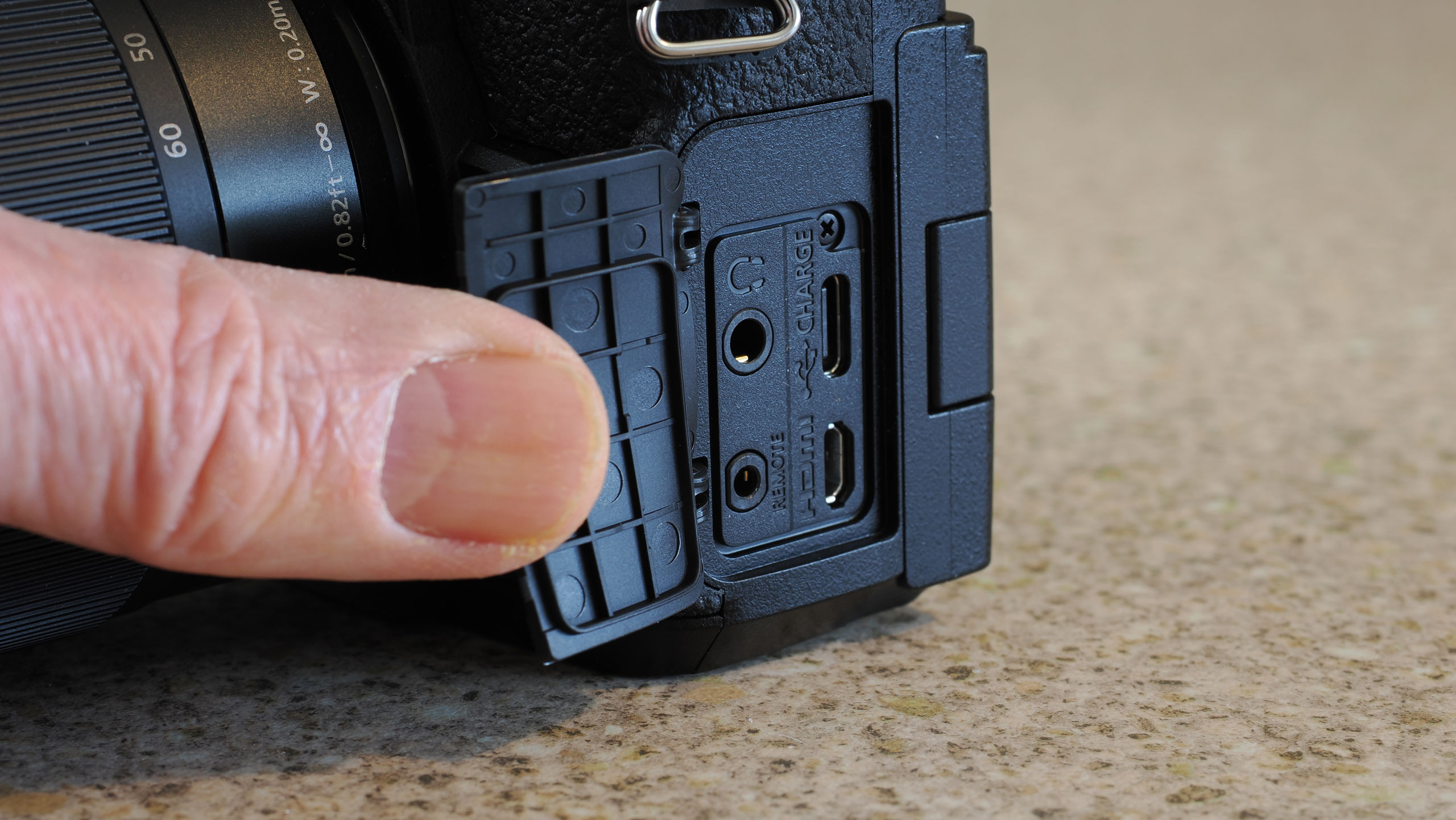
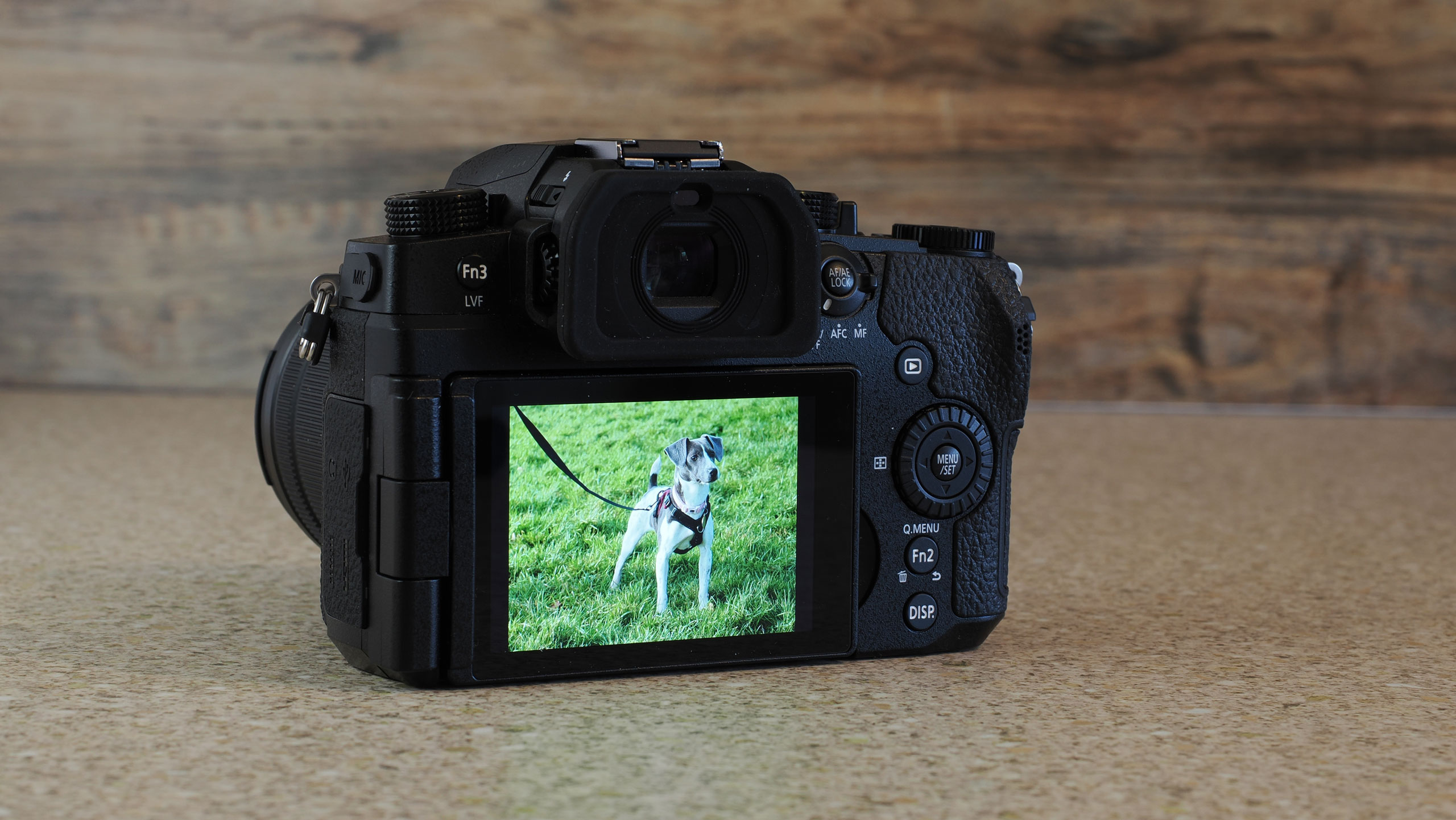
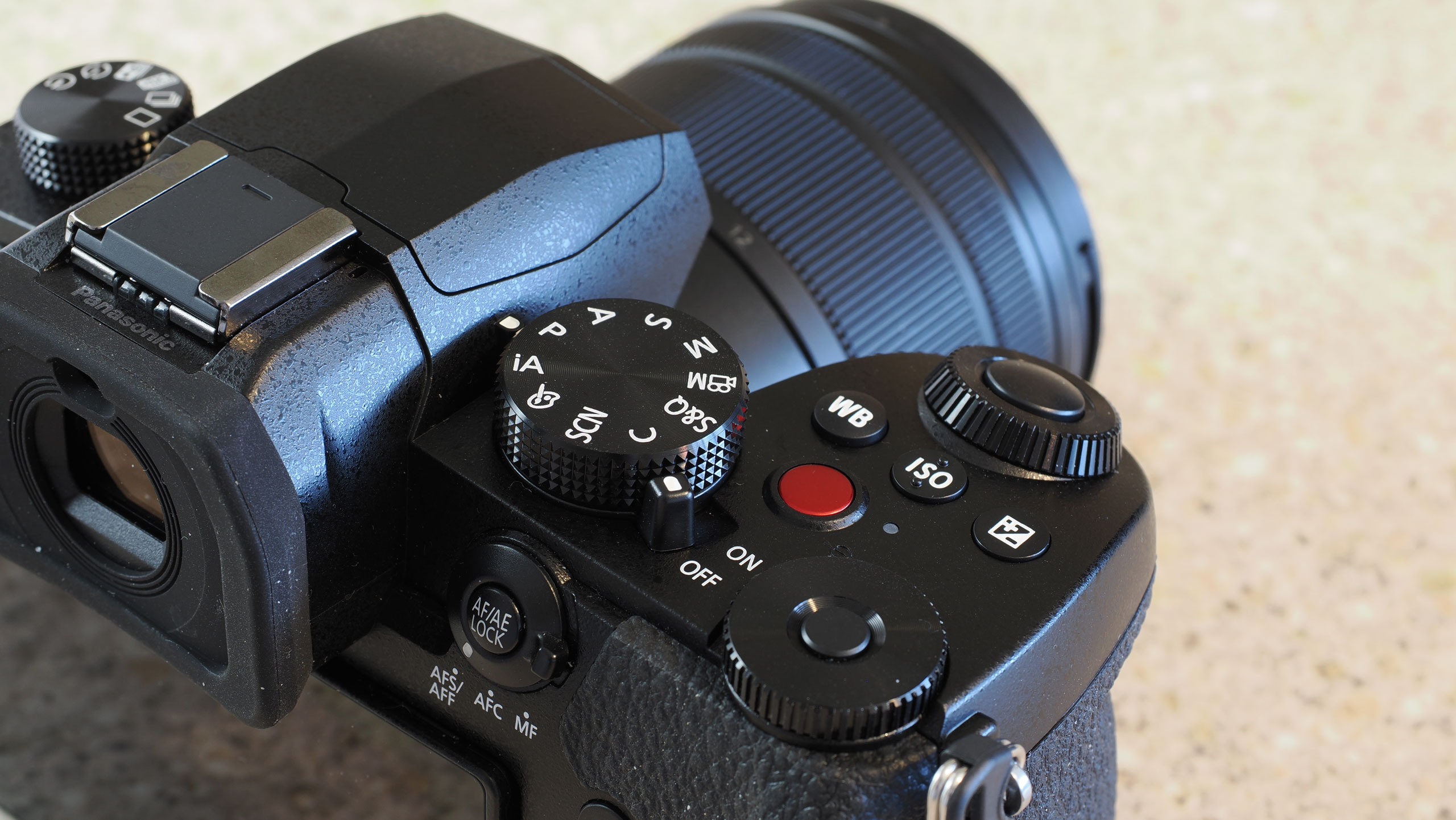
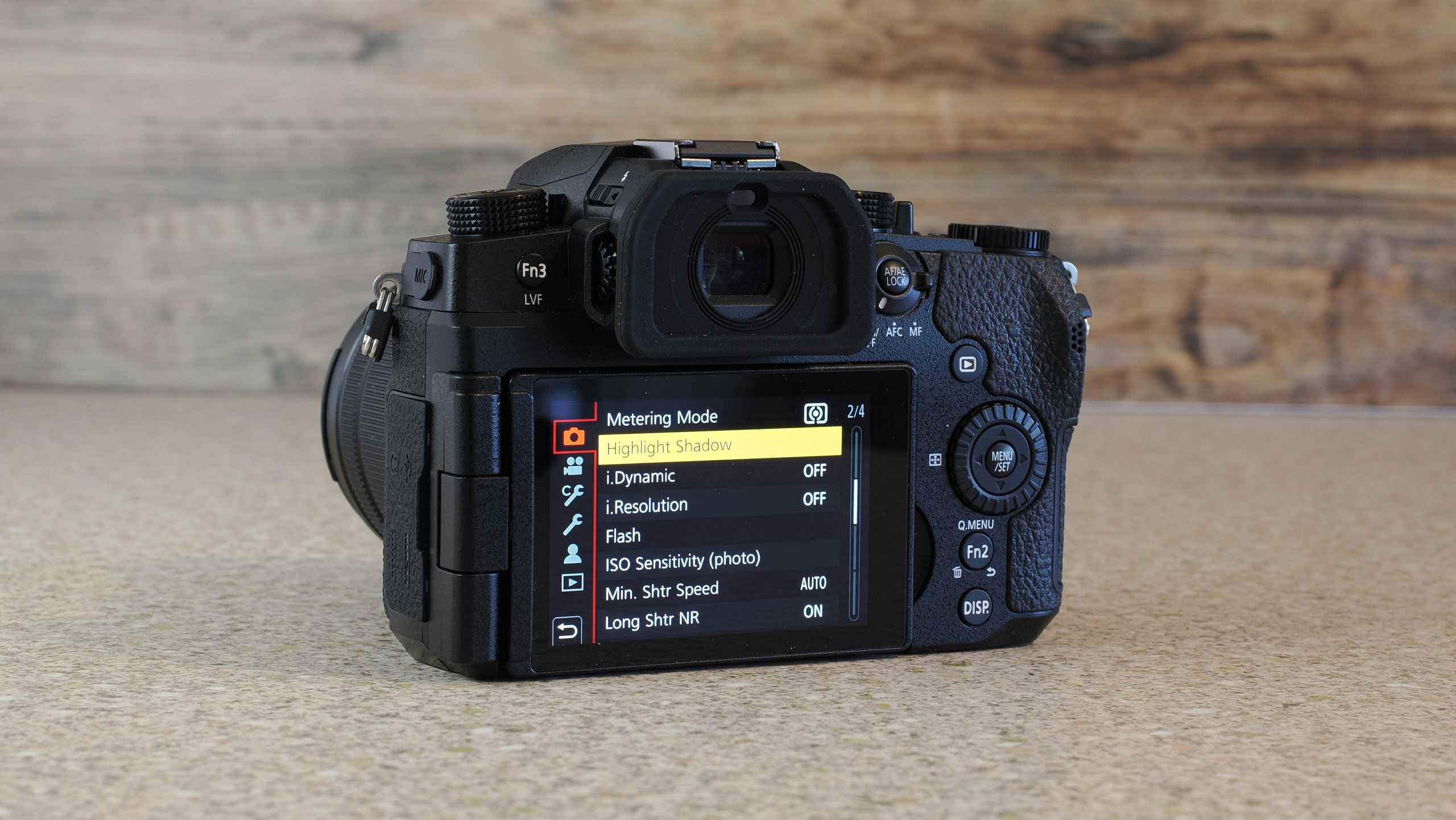

The main mode dial is clearly labelled and has a firm, positive action. There are two control dials on the top, one around the shutter release and the other at the rear, right where your thumb lies. These do different things in different modes; in Manual mode, for example, the front dial adjusts the lens aperture and the rear dial changes the shutter speed. These dials are firm, positive and perfectly weighted. In between them is a prominent red Record button for video.
Round the back there’s a useful three-position focus mode lever with an AF-L/AE-L button in the center and a four-way controller with a rotary dial around the outside – though this does not have the same feel as the control dials on the top.
Overall, this feels an extremely well-made camera for the money, with all the controls right where you need them – there are buttons for white balance, ISO and EV compensation on the top, and a Q.MENU button on the back to bring up an on-screen display with more camera settings.
A focus-point joystick would have been nice to make setting the focus point easier, but you only get these on more advanced semi-pro cameras, so you can’t really complain – and you can always use the touchscreen to set the AF point.
- Design and handling score 4/5
Panasonic Lumix G97: Performance
- Excellent definition and contrast from 20MP sensor and great kit lens
- Very fast AF for single-shot stills photography
- Continuous AF less good, and occasionally some ‘pulsing’ with video


The Lumix G97 delivers first-rate detail rendition. The lack of a low-pass filter and a kit lens that delivers super-sharp detail right across its focal range makes for a combination that plenty of APS-C cameras can’t match. Higher ISOs do show noise quicker, it’s true, but not by much. Besides, today’s AI noise-reduction tools can make an ISO 6,400 image look practically like ISO 200.
The G97’s video looks good too, though with only 8-bit internal capture there’s a limit to how far you can push things if you want to grade your footage heavily later. It does come with Panasonic’s V-Log profile, a paid add-on for many Lumix models, but this really needs better-quality 10-bit 4:2:2 capture to work on, and you can only get that with the G97 via an external recorder. It’s fine for basic use and if you’re just starting out vlogging, but it’s not a serious filmmaking tool.






The autofocus is a mixed bag. For stills photography, it’s extremely fast and responsive. In burst mode, it’s a little less positive, though given that the G97 can only manage 6fps with continuous autofocus, it’s not really intended to be an action specialist.
The AF generally does a good job for video, refocusing smoothly as your subject distance changes or you reframe the shot. Its characteristic ‘pulsing’ effect is often hard to see, but if you’re filming a static subject and background it can be quite annoying. One solution is to switch to single-shot AF and simply tap the rear screen while filming to refocus – carefully!
The IBIS is excellent. It’s only rated at five stops, but this is actually a consistent and achievable figure, unlike the bigger numbers often quoted for larger-sensor cameras – which are often absolute best-case figures you can rarely approach.
- Performance score 4/5
Should I buy the Panasonic Lumix G97?
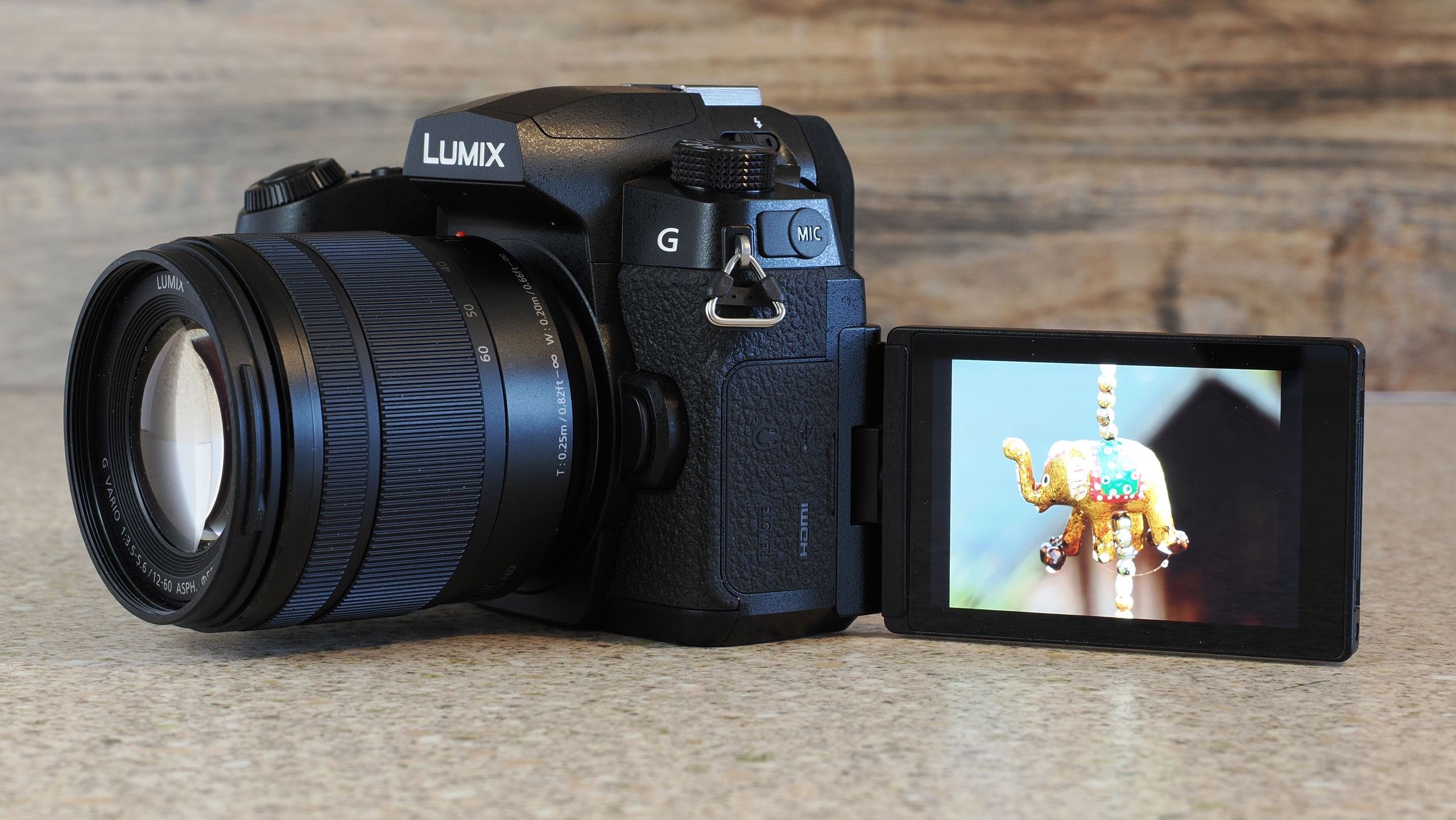
Buy it if...
You want performance, versatility and value
Who doesn't! The Lumix G97 gives you an awful lot for your money. Effectively, it's an enthusiast-level camera at little more than a beginner-camera price.View Deal
You need a camera that can 'grow' with you
This is a sophisticated camera that's capable of all sorts of more advanced photographic techniques when you're ready to try them out.View Deal
You want a decent, versatile kit lens
The Lumix G 12-60mm f/3.5-5.6 typically bundled with the G97 offers a 5x zoom range and excellent quality.View Deal
Don't buy it if...
You already have a Lumix G95/G90
The improvements aren’t enough to make it worth swapping, though this could be a good upgrade from the older 16-megapixel G85/G80.View Deal
You want to do any high-speed action photography
The burst speed is only 6fps with continuous autofocus, the buffer capacity is only average, and the continuous AF can struggle.View Deal
You want a camera specifically for video
The G97’s video quality is good but it lacks higher-quality settings, and the autofocus can ‘pulse’ visibly, making it hard work for solo shooters/presenters.View Deal
How I tested the Panasonic Lumix G97
- I spent two weeks photographing and filming a variety of subjects
- I tested the 5x zoom kit lens across its range of focal lengths
- I checked if the 5-stop IBIS lived up to its claims
- I tested autofocus performance for stills and video AF/tracking
- I assessed the image detail and quality against APS-C rivals

I tested the Lumix G97 and its 12-60mm kit lens on many different subjects including outdoor still images, action sequences (with a very excited dog), close-ups and indoor shots, and in a variety of lighting conditions.
Panasonic’s DFD autofocus has not always had the best reputation, so I particularly wanted to find out if and when it struggled, and what to look for.
I also wanted to check the definition of Panasonic’s 20MP MFT sensor, which has no low-pass filter, to see how it stacked up against larger-sensor APS-C rivals. The 12-60mm kit lens is particularly interesting because it offers a 5x zoom range compared to the 3x zoom of most kit lenses, and I did want to see how the image quality varied across the zoom range, and whether it declined at all at longer focal-length settings.
Lastly, the IBIS system in the G97 is only rated at five stops of compensation, so I wanted to find out just how achievable that was in real-world shooting.
